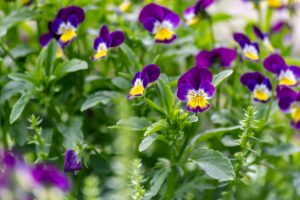Red is a hue that instantly captures the eye and stirs up powerful feelings. It is a striking and energetic color that is linked to fervor, vitality, and love. It appears in nature as lovely flowers, luscious fruits, and breathtaking sunsets. Red has also been associated with strength, bravery, and even danger throughout history.
This article will look at 50 red things, both created by humans and natural phenomena. We’ll examine the beauty and variety of red in more detail as well as discover more about the unique applications and interpretations that the hue has received throughout human history. There is bound to be something on this list that catches your eye and ignites your imagination, whether you’re a lover of all things red or you’re just interested in this empowering color.
Mars

Mars is the fourth planet in our solar system from the sun and is frequently referred to as the “Red Planet” because of its reddish hue. It is renowned for its enormous dust storms and has a thin atmosphere primarily composed of carbon dioxide. Numerous missions have successfully touched down on the planet’s surface as a result of NASA and other space agencies’ intensive study and exploration of the planet. Research in science continues to be heavily centered on the hunt for signs of past or current life on Mars.
Sunset

A red sunset is an incredible natural occurrence that takes place as the sun sets and its light refracts through the atmosphere of the Earth producing a vibrant and hospitable display of red, orange, and pink hues in the sky. The scattering of sunlight by air molecules and other atmospheric constituents results in the red hue. A red sunset may inspire sentiments of serenity and quiet.
Lobster
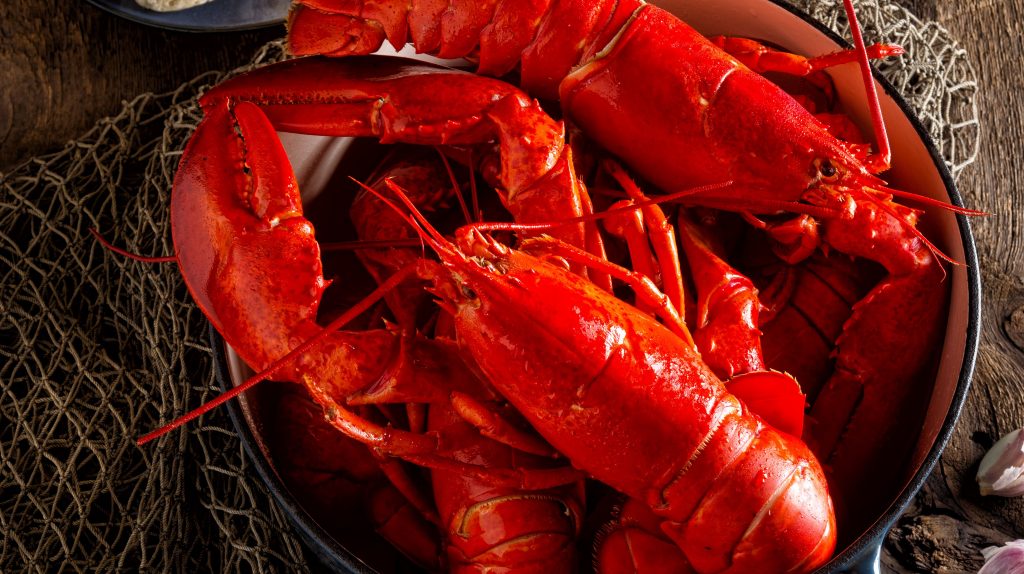
Astaxanthin and crustacyanin are released from proteins in the lobster’s shell during the cooking process thanks to a chemical reaction set off by heat. The shell changes from its original greenish-blue hue to a vivid red tint when these pigments react with oxygen in the air. The degradation of the protein-pigment complex that gives the shell its natural hue is the cause of this color shift.
Newt
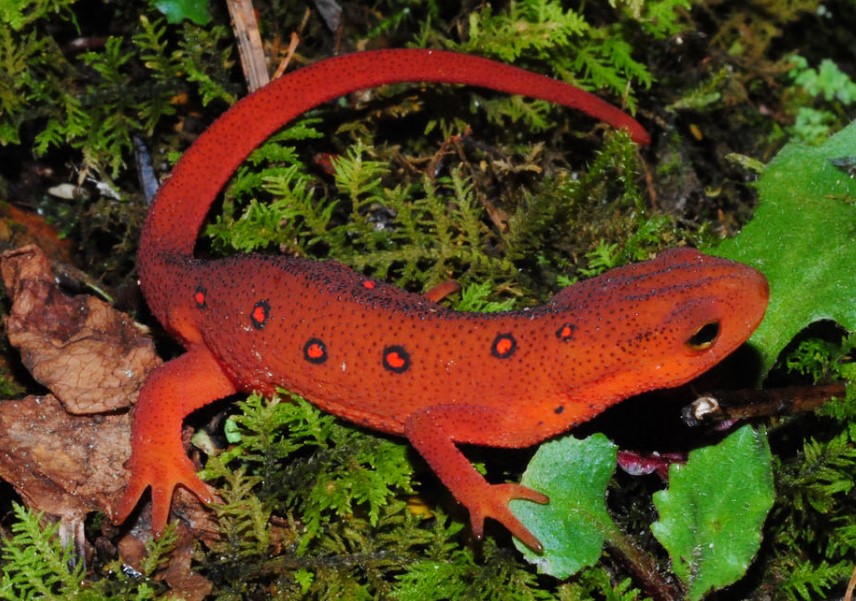
North America is the home of the red newt, a type of salamander. Bright red-orange coloring and black dots on their back and flanks give them a stunning appearance. The diet of red newts includes insects, tiny crustaceans, and other invertebrates. Red newts are found in freshwater settings such as ponds, lakes, and slow-moving streams. In addition to being greatly desired as pets, they are an important gauge of the ecosystem’s general health.
Red Lily Beetle
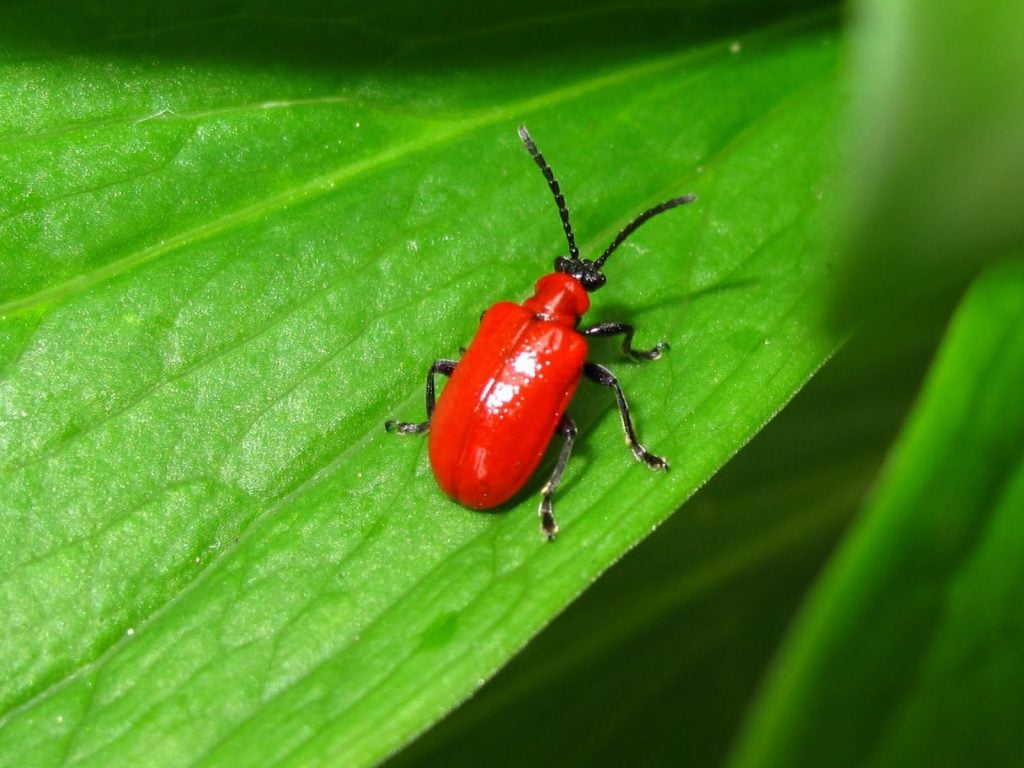
A vivid red insect that feeds on lilies, fritillaries, and other members of the Liliaceae family, the red lily beetle is also known as Lilioceris lilii. The 8 to 10-mm long adult beetles have vivid red shells and black legs, antennae, and heads. Their bright orange and black larvae, which hatch from eggs laid on the underside of leaves, can seriously harm plants by consuming their leaves and flowers. Controlling the red lily beetle’s proliferation can be difficult because it is regarded as an invasive species in many places.
Neurothemis Fulvia
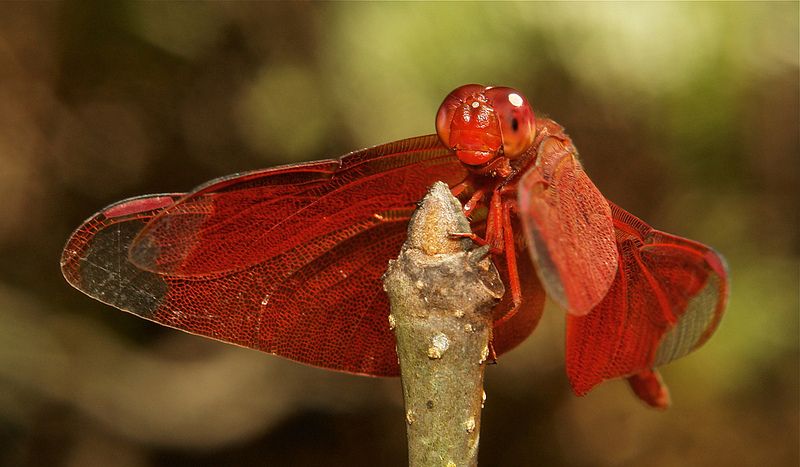
Asian dragonflies of the Neurothemis Fulvia species are brownish-yellow in color with a reddish-orange body and a scarlet patch at the base of their wings on the males. They are recognized for their quick and agile flying and live in freshwater bodies of water.
Scorpaena
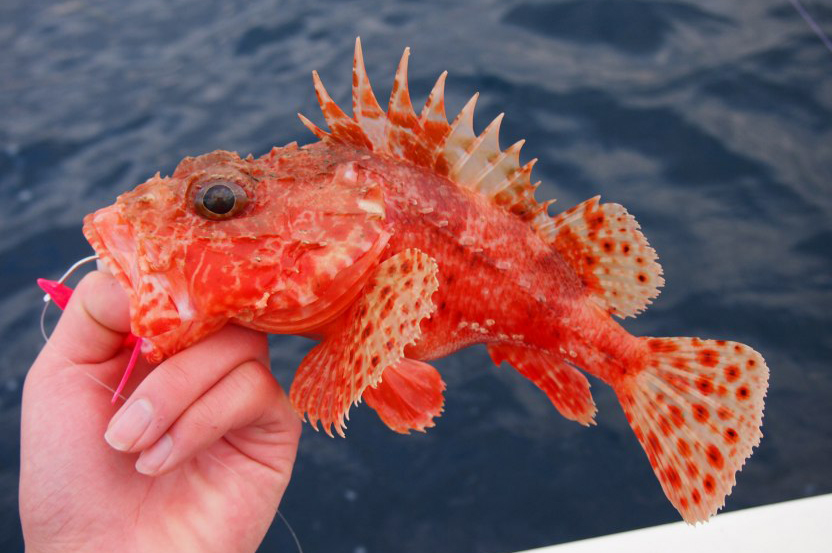
The fish genus Scorpaena belongs to the Scorpaenidae family, sometimes referred to as scorpionfish. These fish, which may be found in both temperate and tropical seas, are recognizable by their unique spiny fins and sometimes vividly colored or camouflaged skin. The majority of Scorpaena species are bottom-dwelling predators that use their poisonous spines to both attack and protect against other predators. Some species are prized for their firm, flavorful flesh and are also common game fish.
Red Glider Butterfly
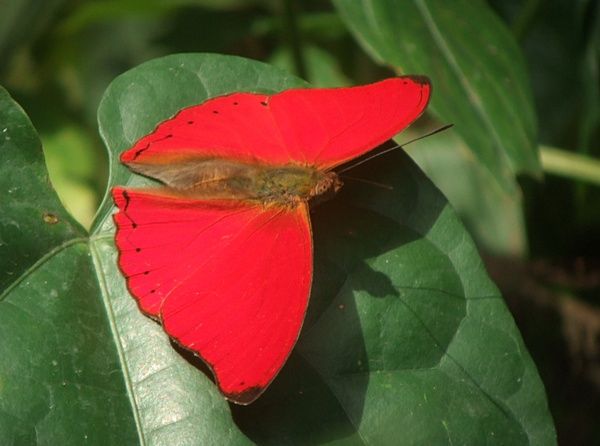
A species of butterfly found in Central and West Africa is the red glider butterfly. Its vivid red coloring is said to serve as a warning to predators. The butterfly can glide and consumes decaying fruit and tree sap as food. It is a somewhat uncommon species that certain places worry about for conservation.
Tomato
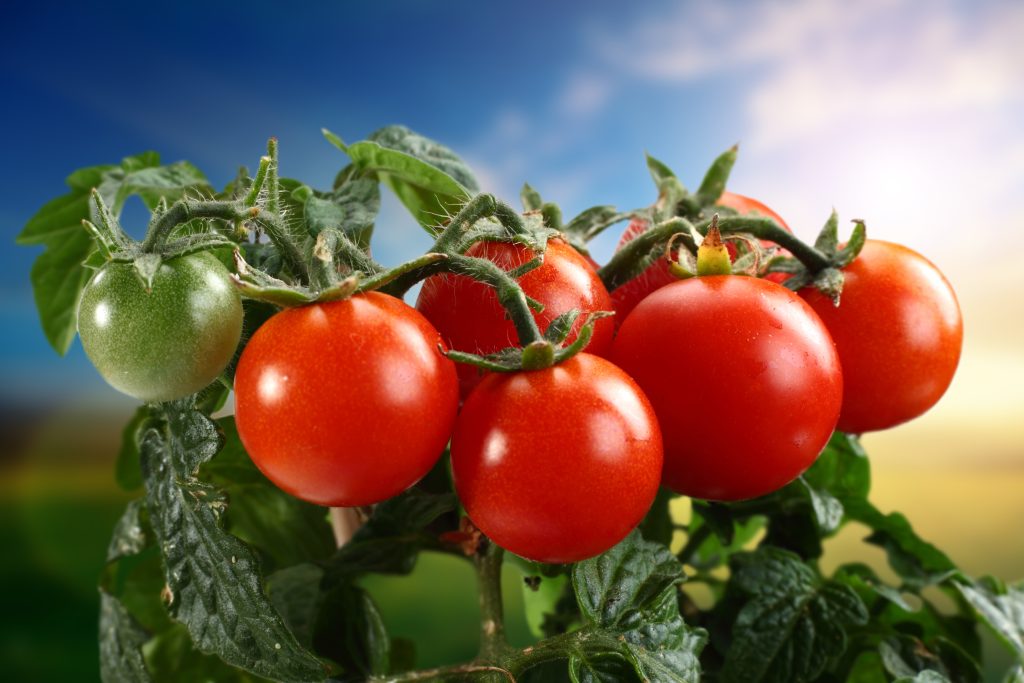
The fruit tomato is frequently prepared as a vegetable in recipes. It is round or oblong in form, vivid crimson in color, and delicious in texture. Vitamin C, potassium, and the potent antioxidant lycopene are just a few of the minerals that are plentiful in tomatoes. They may be consumed raw or cooked and are used in a number of cuisines, including salads, sauces, soups, and sandwiches. Tomatoes are a well-liked crop among home gardeners since they are simple to raise in a garden or in containers.
Lychee
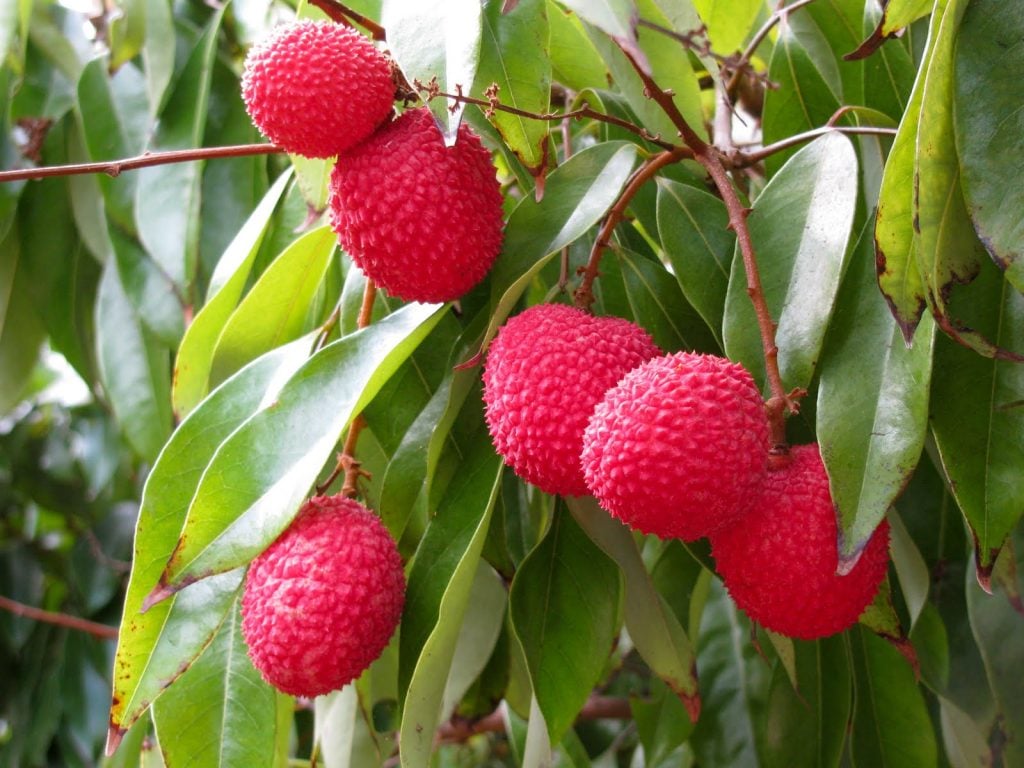
Tropical fruit with a sweet and aromatic fragrance named lychee is a native of Southeast Asia. Peeling away its hard, prickly, reddish-brown skin reveals a transparent, delicious interior that encloses a large seed. Lychee is frequently consumed raw or used as an ingredient in desserts such as fruit salads, sorbet, and ice cream. Copper, potassium, and vitamin C are all present in good amounts.
Red berry
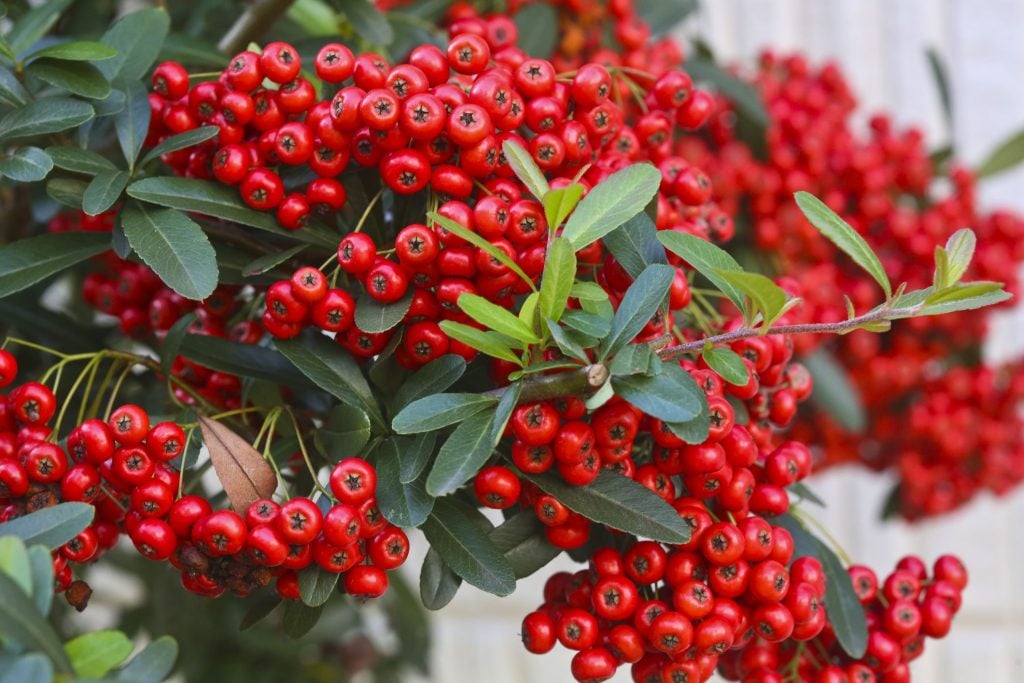
Red berries are a particular kind of berry that are tiny, oblong, and red in color. They can have a sweet or sour flavor. They are frequently used in baking, cooking, and the preparation of sweets, jams, and jellies. Antioxidants and other health-promoting substances can also be found in red berries in good amounts.
Strawberry
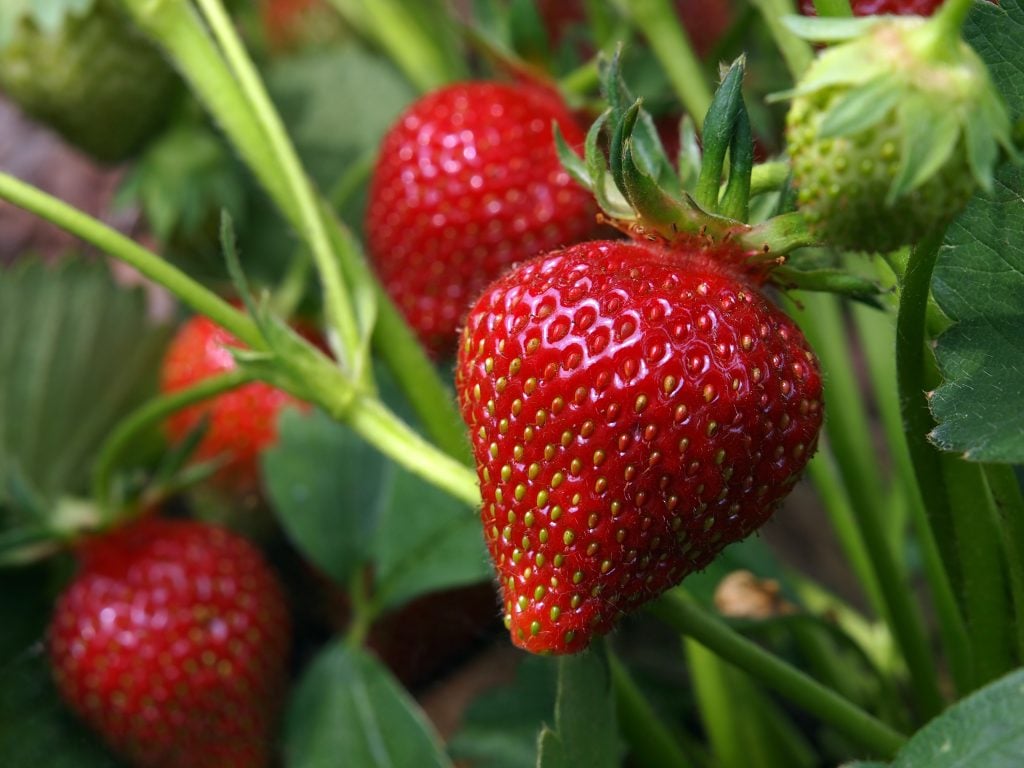
Small, juicy, red strawberries are incredibly popular due to their sweet flavor and aroma. It is a rose family member and originated in Europe, however, it is now planted all over the world. Although strawberries are frequently consumed raw, they can also be made into a variety of desserts, jams, and beverages. They are a healthy addition to any diet since they are a great source of vitamin C, fiber, and antioxidants.
Watermelon
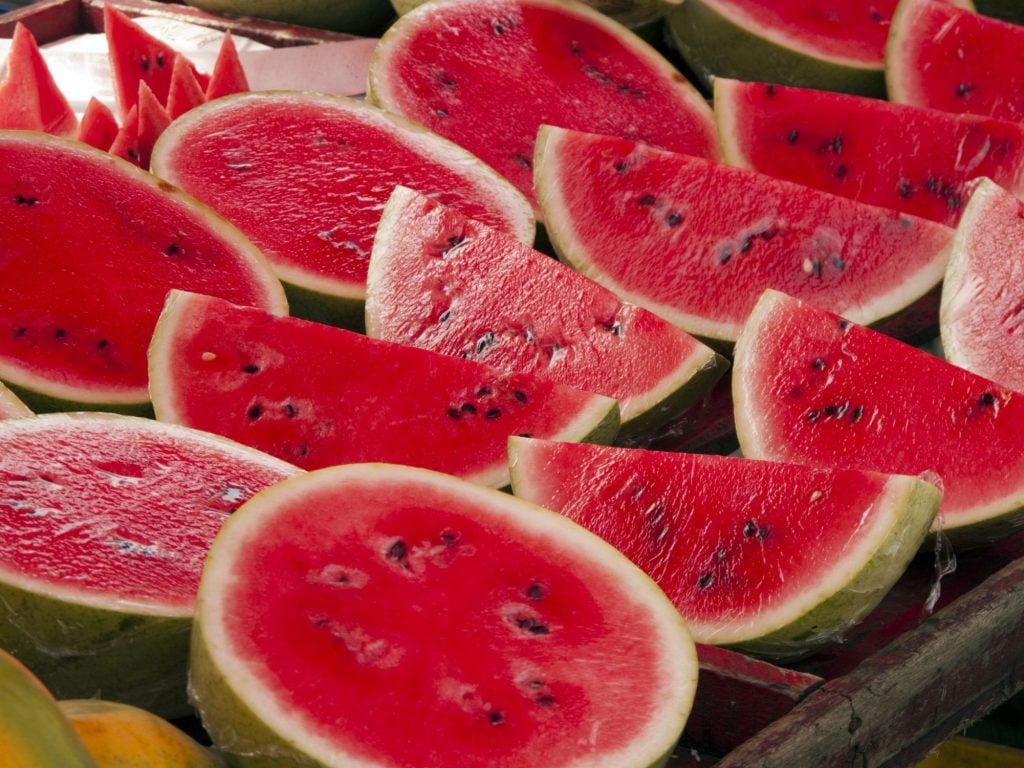
A sweet and juicy fruit, watermelon is well-liked at summer festivities. It has tough green skin and soft, crimson or pink flesh with black seeds. Vitamins, antioxidants, and potassium are abundant in watermelon, which also has few calories and high water content. It may be consumed on its own or in a variety of dishes.
Kidney Beans
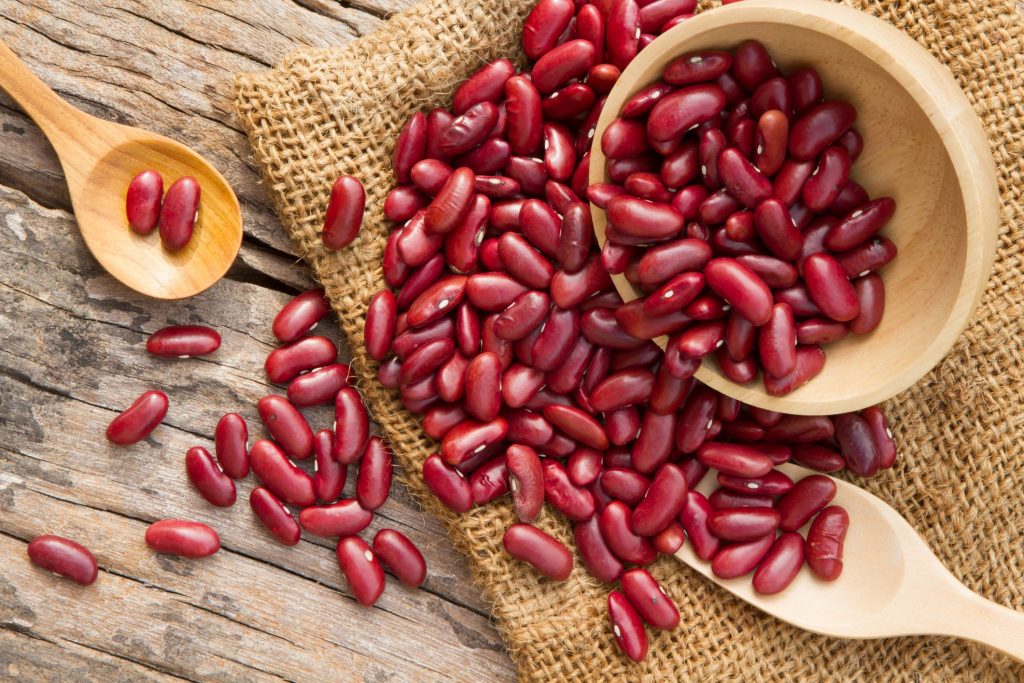
Reddish-brown in color and with a recognizable kidney shape, kidney beans are a kind of legume. They are frequently incorporated into vegetarian and vegan diets and are excellent sources of protein, fiber, and iron. Popular in South Asian, Latin American, and Caribbean cuisine, kidney beans can be prepared in a variety of ways.
Anthurium
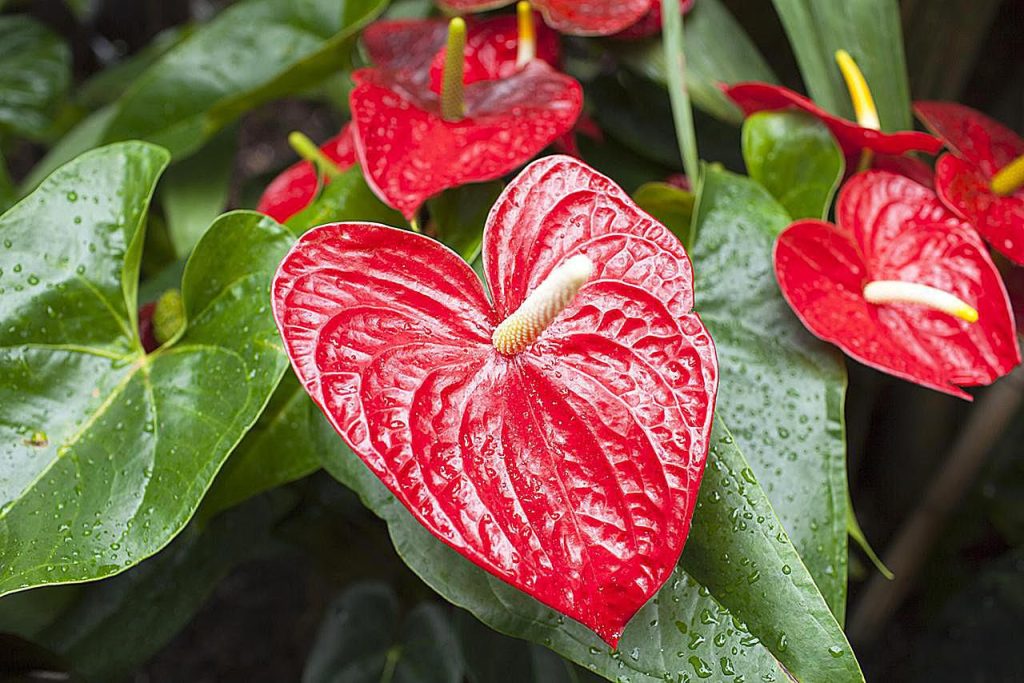
Tropical blooming plants called anthuriums have colorful, vivid spathes and a spadix that resembles a spike. They are common indoor plants that need only indirect light and moderate watering. Anthuriums require little maintenance and may be reproduced via stem cuttings or division. They are advantageous for enhancing indoor air quality since they also contain air-purifying qualities.
Azalea
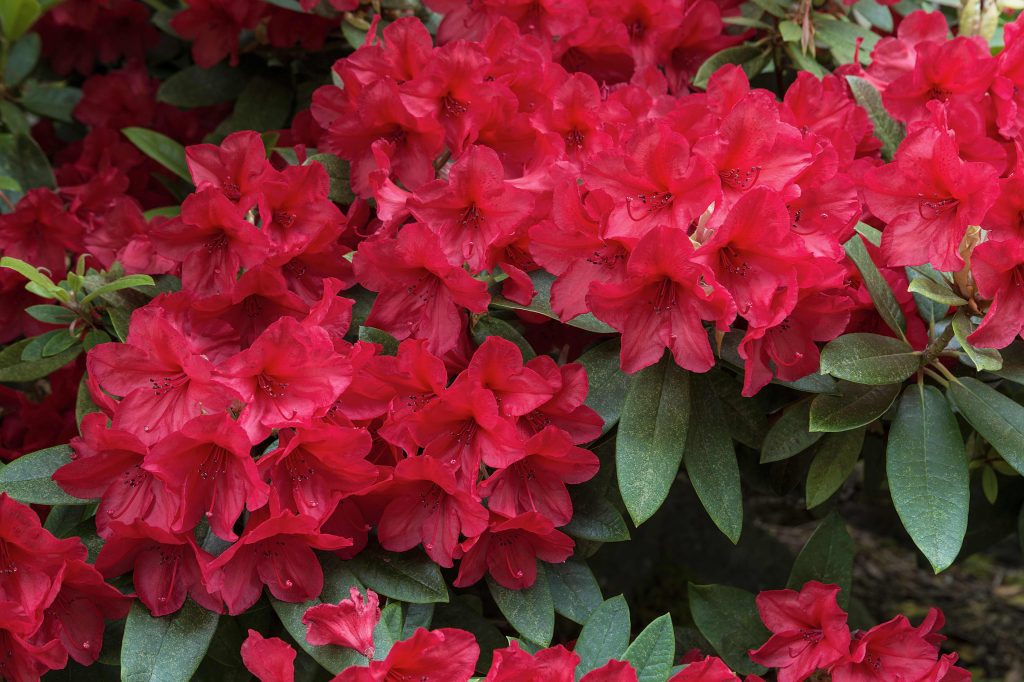
Springtime sees the blooming of stunning red azalea flowers. The hue of peoples’ gardens or landscapes is commonly improved by using this plant. It is a low-maintenance, hardy plant that is a great choice for beginning gardeners since it can tolerate tough conditions. Even though it has Asian roots, it is now grown all over the world.
Poinsettia
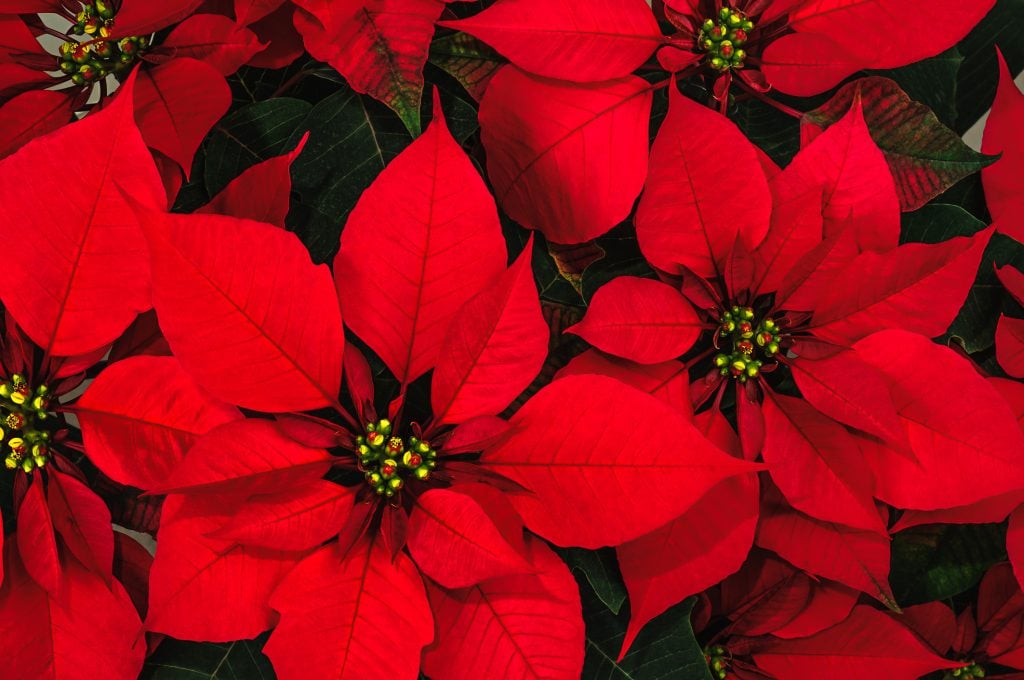
Poinsettias are beautiful plants with vivid red and green foliage that are frequently used to spruce up houses for the holidays. It may get rather tall and originated from Mexico and Central America. The plant bears the name Joel Roberts Poinsett in honor of the guy who introduced it to America many years ago.
Maple Leaf
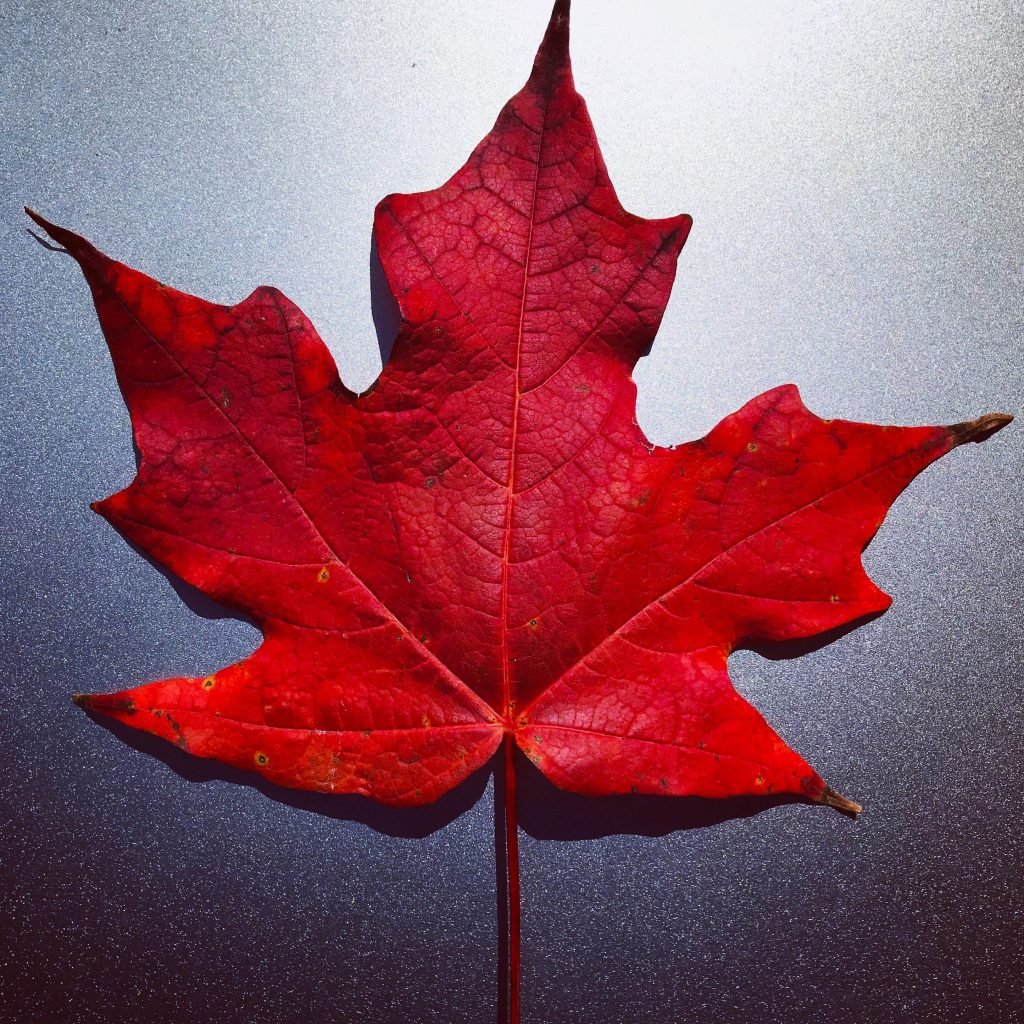
Canada’s flag has a maple leaf, which serves as the nation’s emblem. It is a deciduous tree of the genus Acer and is well-known for its lobed leaves, which in the fall change to vivid hues of red, orange, and yellow. In order to manufacture maple syrup, maple trees are also tapped for their sap. The maple leaf is a potent representation of Canadian identity that stands for fortitude, resiliency, and unspoiled beauty.
Rose
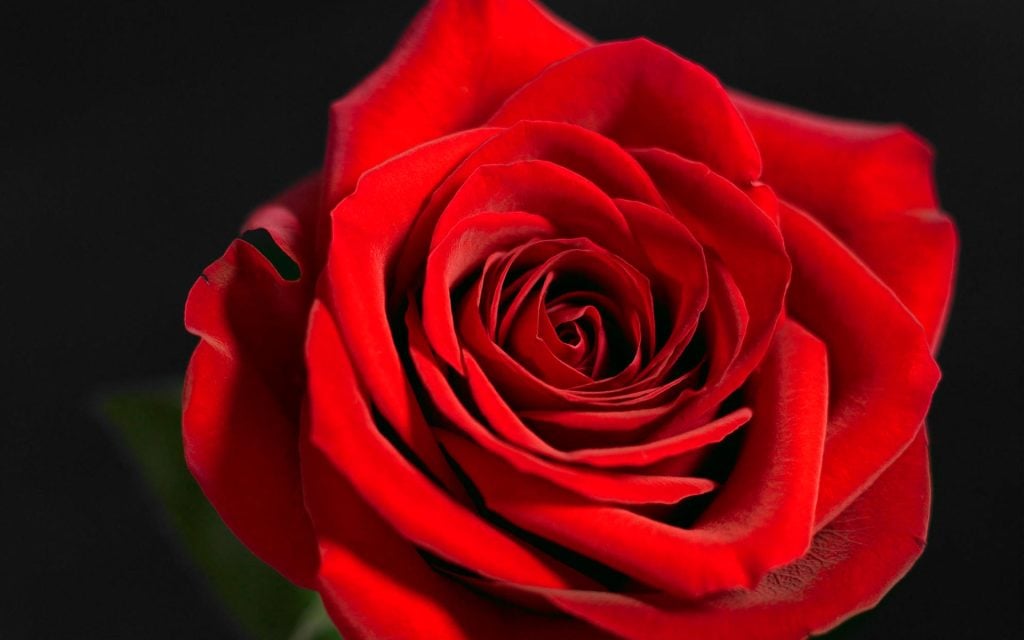
You’ve undoubtedly seen roses before; they are lovely flowers. They come in a variety of colors and have a lovely scent. You must use caution while handling a rose since its stems contain thorns. Because they are attractive and fragrant, people like to grow roses in their gardens or give them as gifts. Rose fragrances are also included in products like perfume and lotion. There are several varieties of roses, each having a unique blossom form and color.
Fire

As a result of a chemical process that creates heat and flames when a combustible substance mixes with oxygen in the presence of heat, fuel, and an ignition source, fire is a natural phenomenon. Red fire, which denotes higher temperatures and intensity, is not a particular sort of fire but rather a hue that flames may display under certain circumstances. To avoid and reduce the hazards linked to fire, it is crucial to take measures and understand fire safety.
Red Coral
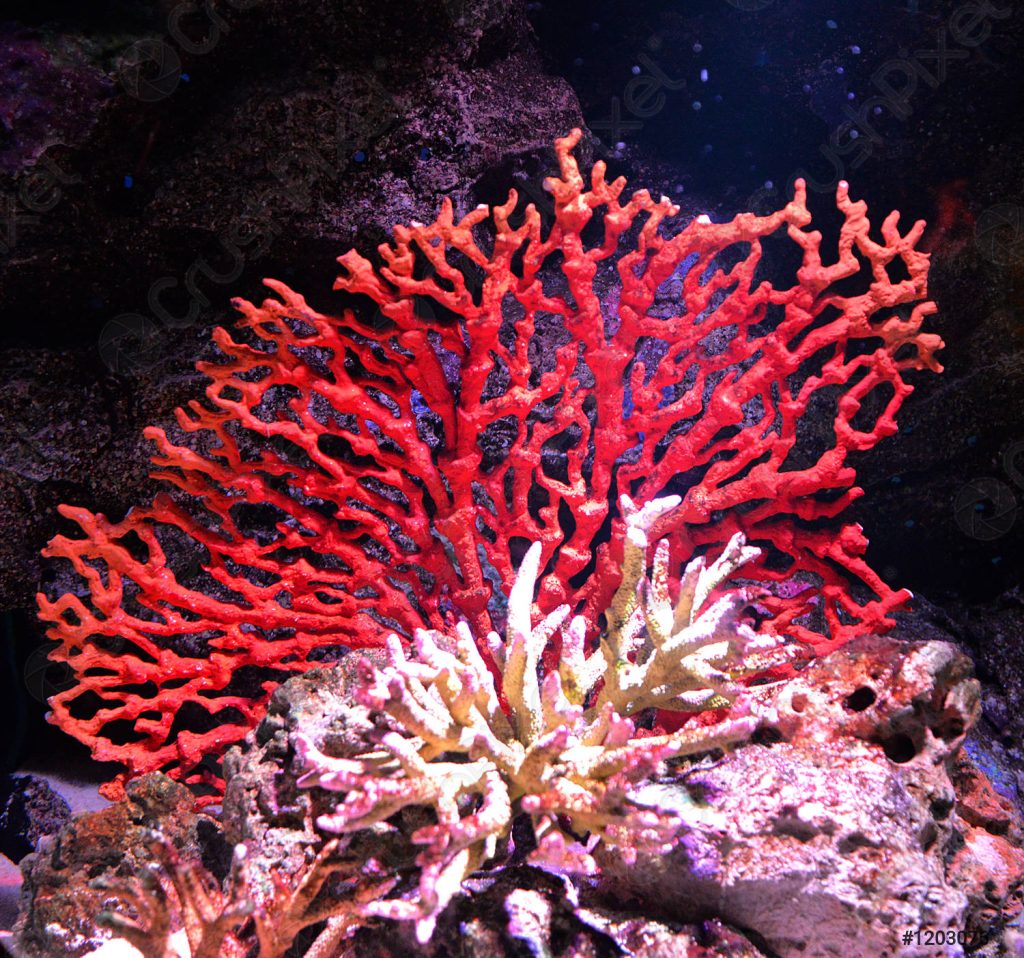
Red coral is a form of expensive marine coral that may be found in the Mediterranean Sea. It has a vivid red or orange color and is frequently used to make jewelry. It is employed in conventional medicine since it is thought to have therapeutic qualities. Red coral is currently a protected species, and trading in it is controlled, as a result of overharvesting and habitat degradation.
Scarlet Macaw
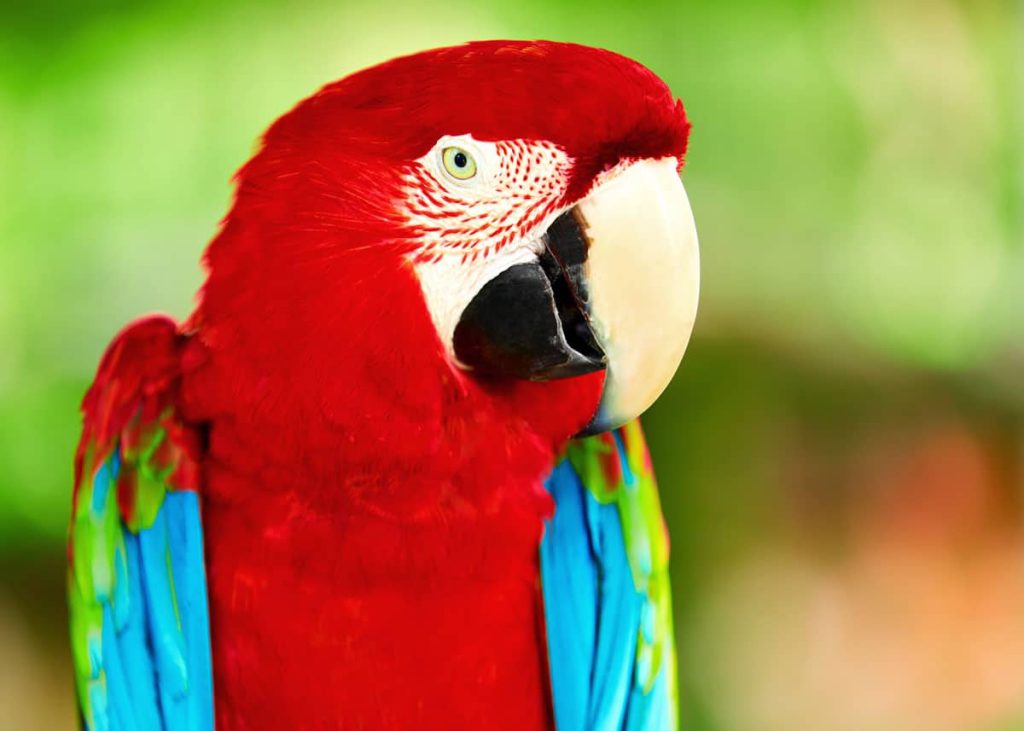
A huge and vibrant parrot found in Central and South America is the scarlet macaw. With bright red, blue, and yellow feathers, it has a stunning look. It is renowned for its intellect and capacity to mimic human speech. Because of habitat degradation and the illicit pet trade, scarlet macaws are in danger despite being prized for their aesthetic appeal and cultural importance.
Red Crab
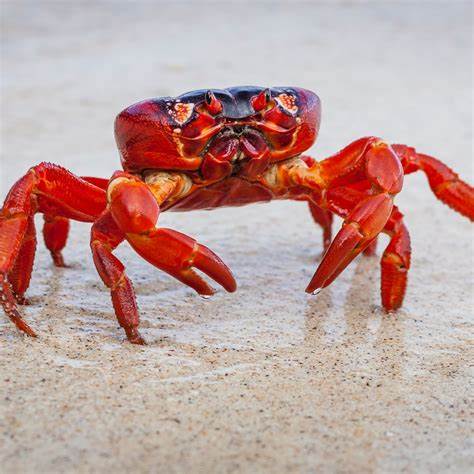
Christmas Island is home to a particular kind of crab known as the red crab, which is distinguished by its vivid red color. They all set out on an amazing trek to the ocean to mate every year during the wet season. Millions of red crabs are crossing the island’s roadways, woodlands, and beaches, which is an amazing sight. People are working hard to safeguard these crabs and ensure their survival since they are essential to the island’s ecosystem.
Red Koi
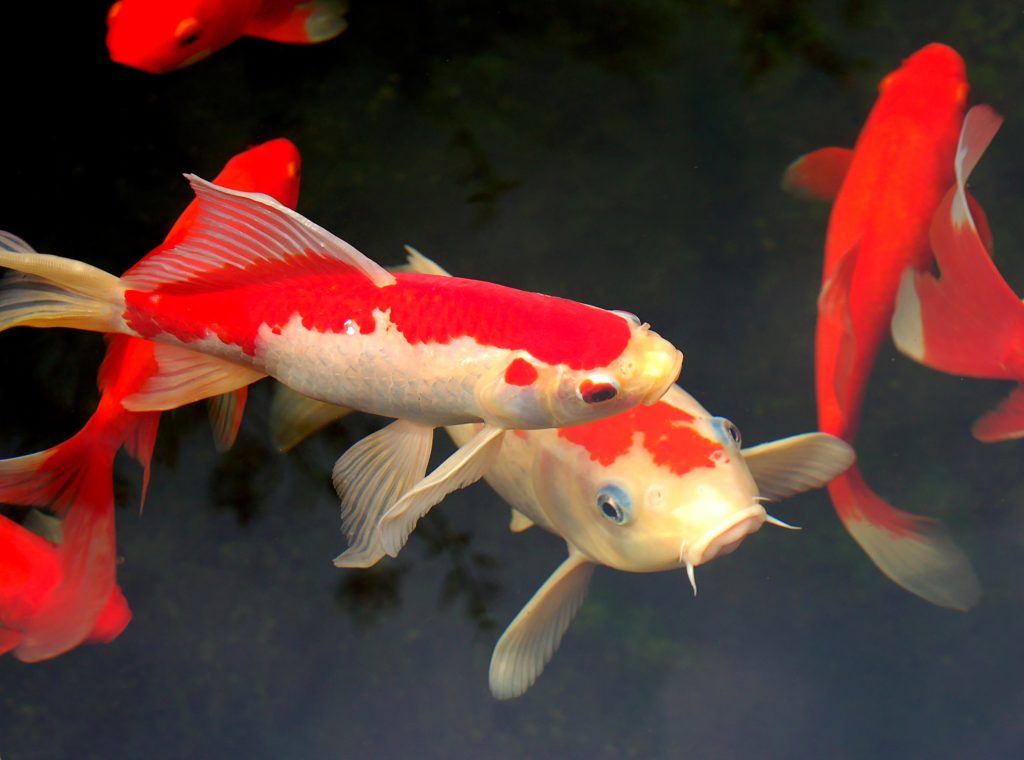
A vibrant ornamental fish from the Cyprinidae family is the red koi. They are a particular breed of koi fish that are brightly colored in red with a white underbelly. Red koi are appreciated for their beauty and are a common option for decorative ponds and water gardens. They are also renowned for being sturdy and durable, which makes them a fantastic option for both novice and seasoned fish keepers. As omnivores, red koi need a balanced diet that includes both plant and animal matter.
Northern Cardinal
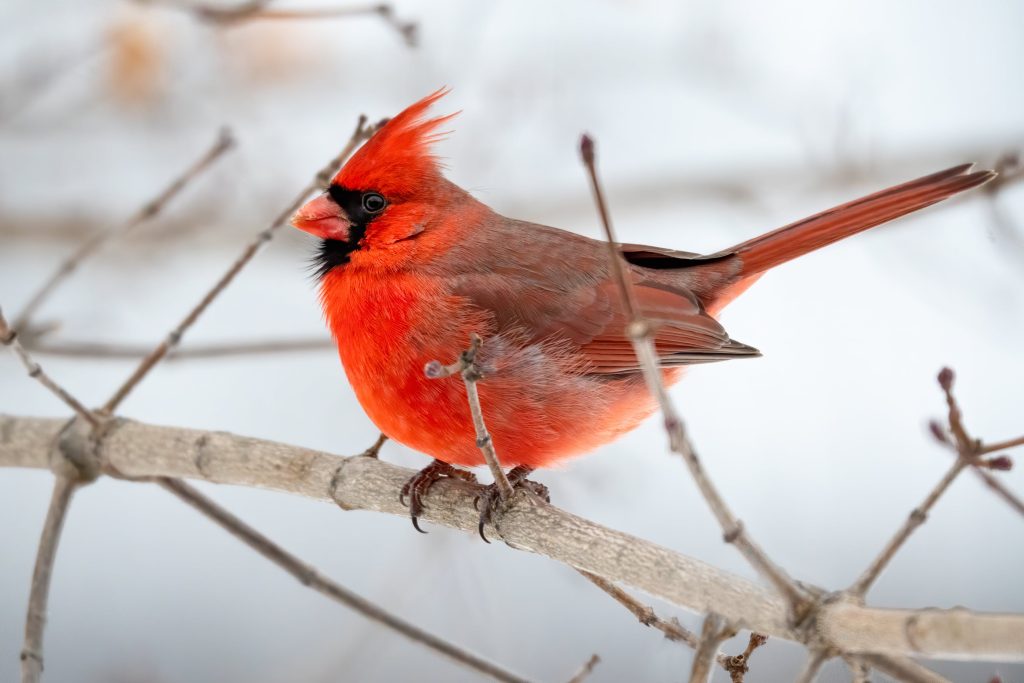
The Northern Cardinal is a lovely bird found throughout North America. The male has bright red feathers and a crest on its head, while the female has a reddish-brown hue. They are widespread in parks, gardens, and forests and sing a wonderful, characteristic whistle-like sound. Many people enjoy having them in their backyards since they are both attractive to look at and hear.
Scarlet Ibis
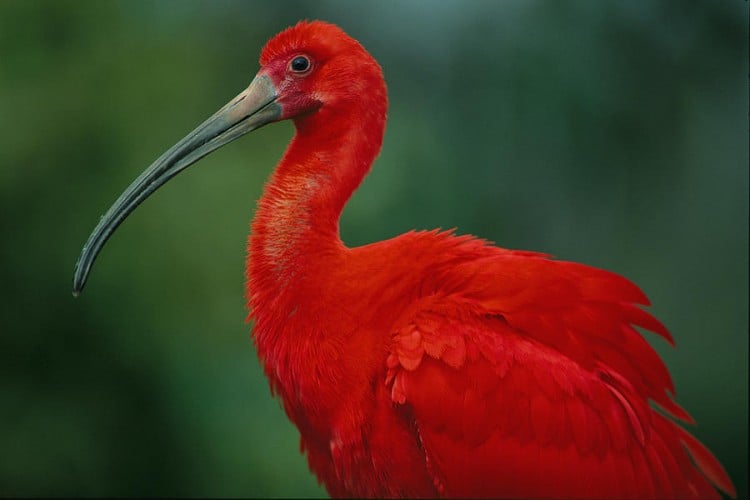
The Scarlet Ibis is a wading bird with bright scarlet plumage, a beautiful, curved beak, and black legs that is native to tropical South America and the Caribbean. The bird mainly lives in wetlands and eats tiny aquatic crustaceans and insects as its only source of food. Gregarious in nature, scarlet ibises frequently congregate in sizable flocks.
Red Lory
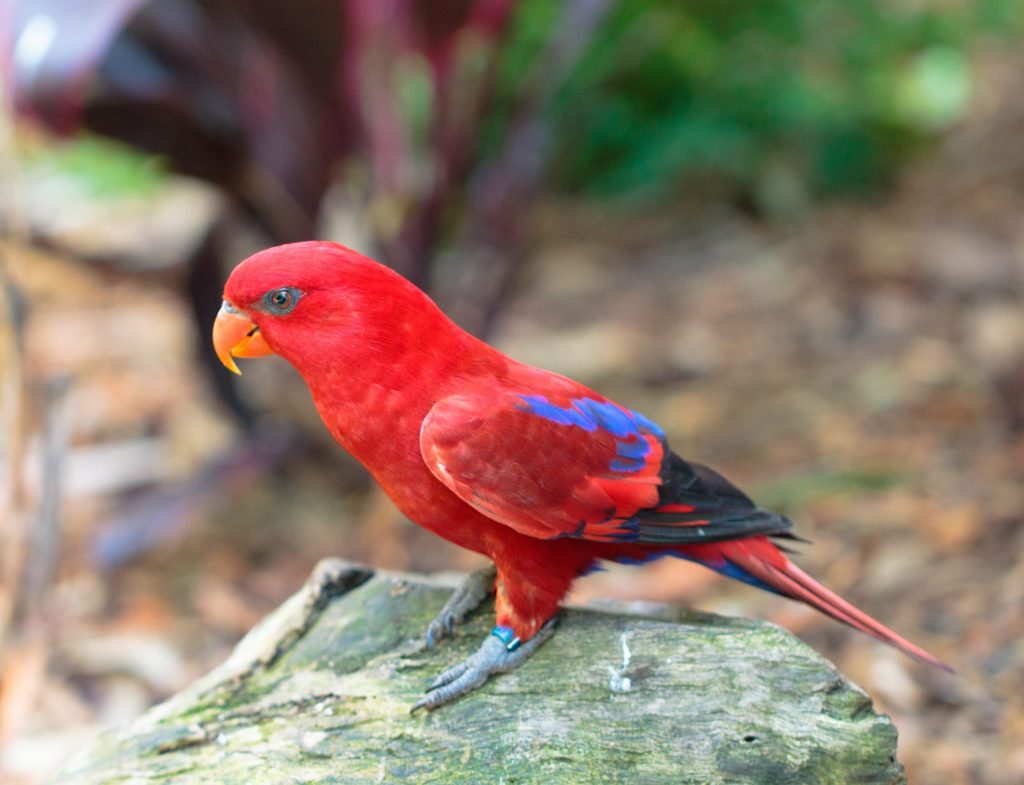
A medium-sized parrot species known as the red lory (Eos bornea) has eye-catching red and black plumage. They are indigenous to the woods of Indonesia, and they have a tongue that resembles a particular brush for eating fruits, nectar, and pollen. Red lories are friendly, noisy, and frequently kept as pets owing to their attractiveness and gregarious natures. However, because of the special diet and upkeep they need, prospective owners should make sure they are prepared to meet these requirements.
Red Velvet Mite
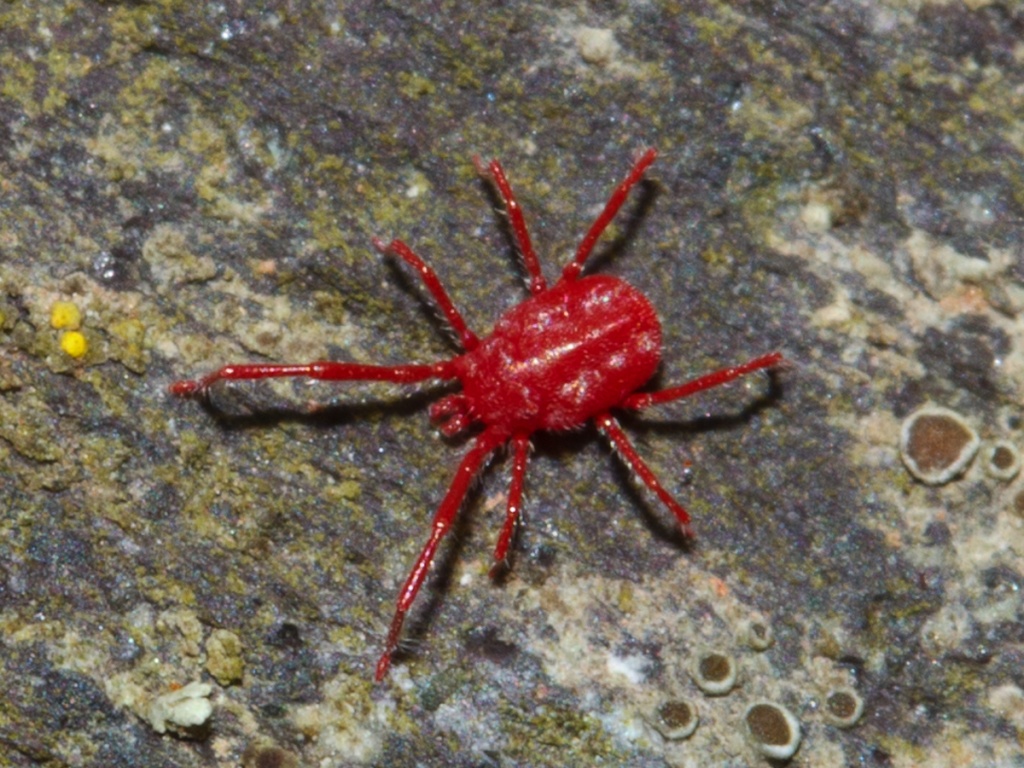
The “rain bug,” also known as the red velvet mite is a species of arachnid that lives in grasslands, woodlands, and deserts all across the world. These mites are distinguished by their vivid red hue and velvet-like appearance, which is a result of their thick hairs. Small insects and other invertebrates are what they feed on, and they are typically active during the rainy season. Despite the fact that red velvet mites are not dangerous to people, traditional medicine frequently employs them because of their alleged therapeutic benefits.
Tomato Frog
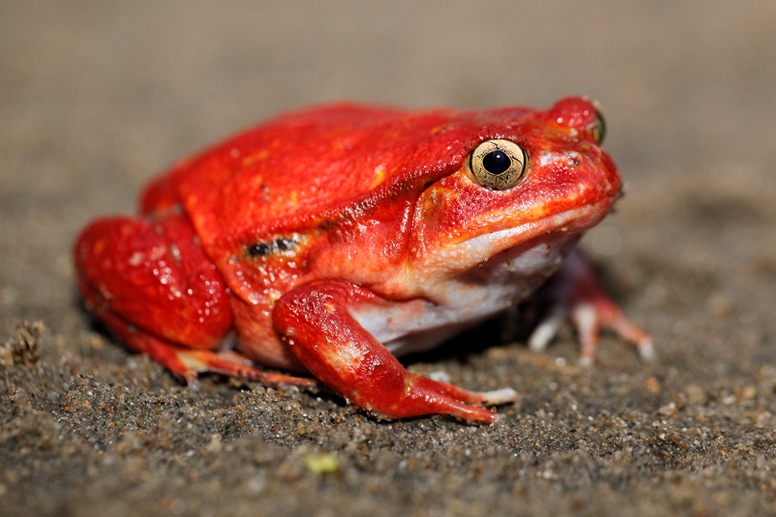
The vibrantly colored tomato frog is a species of frog that is indigenous to Madagascar. They were given this name because of their vivid red-orange coloring, which resembles a ripe tomato. They are a sizeable species of frog, with females growing to a maximum of 10 cm in length and males growing to a maximum of 6 cm. The cry of tomato frogs is well recognized for sounding like a single, booming croak. They mostly eat various insects, worms, and other tiny invertebrates at night and are primarily terrestrial.
Purus Red Howler Monkey
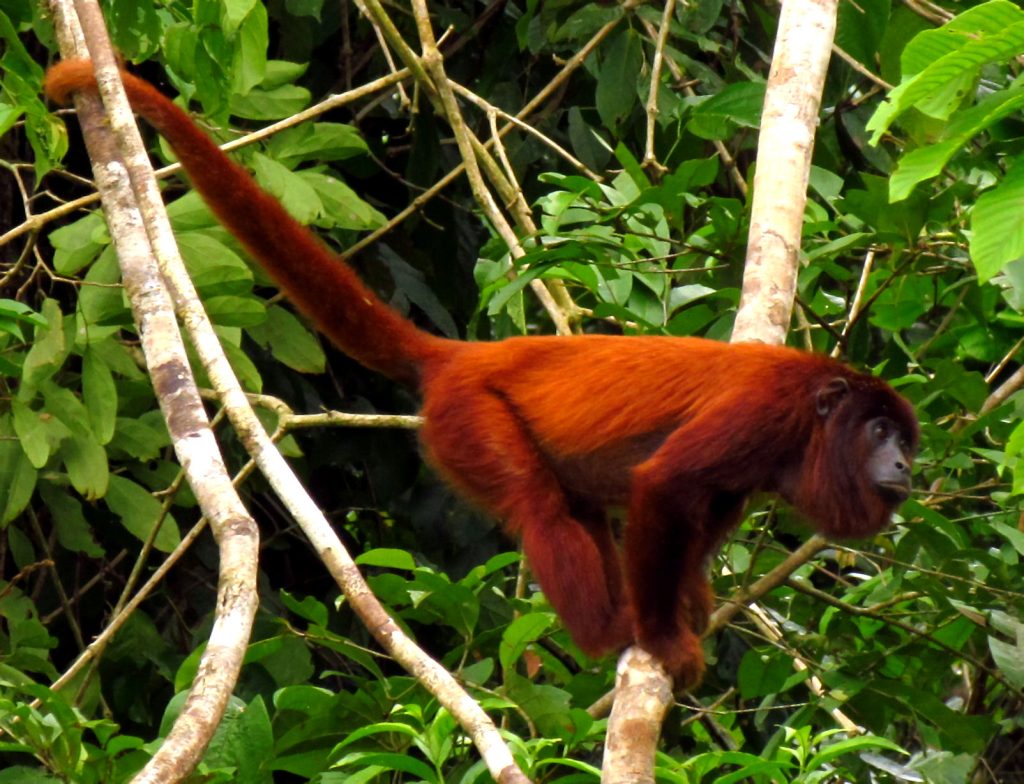
The Purus red howler monkey, commonly known as the Purus red howler is a species of howler monkey that inhabits the Purus-Madeira interfluvial area of the Amazon rainforest in South America. Their loud, deep vocalizations, which can be heard up to three miles away, and distinctive reddish-brown fur are what set these monkeys apart from other species.
Chili
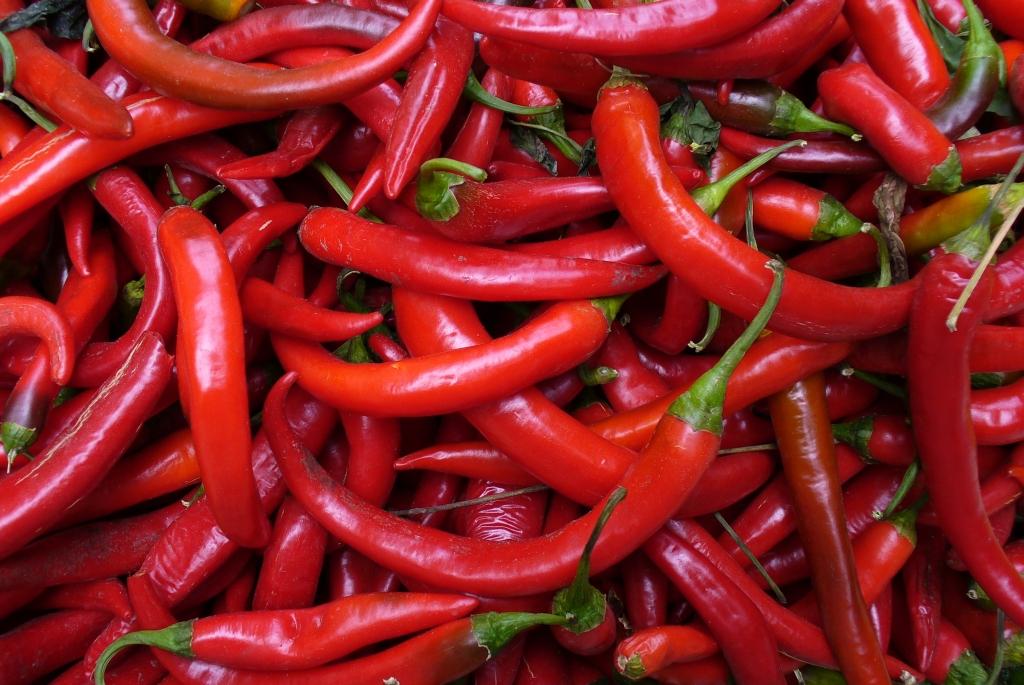
The color of chili can vary according to its kind it ranges from varying colors of green to brilliant red. Purple, yellow, and brown chili variations are also possible. A chili’s level of maturity and spiciness may be determined by its color. In contrast to red chilies, which are hotter and more mature, green chilies are often gentler and less ripe.
Rambutan
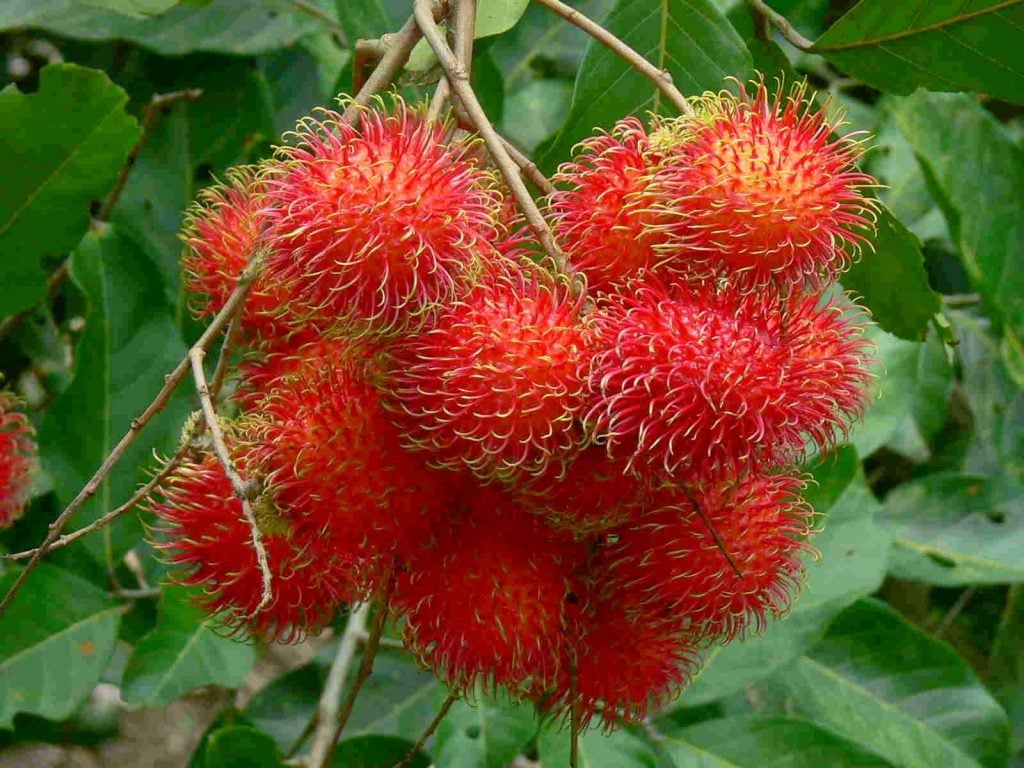
Originally from Southeast Asia, rambutan is a tropical fruit. It is a little, spherical fruit with red or yellow, prickly exterior and white, delicious flesh on the interior. With a texture resembling a grape, the flesh is sweet and subtly acidic. Even though rambutan is typically consumed raw, it can also be cooked or used as a garnish for beverages.
Rhubarb
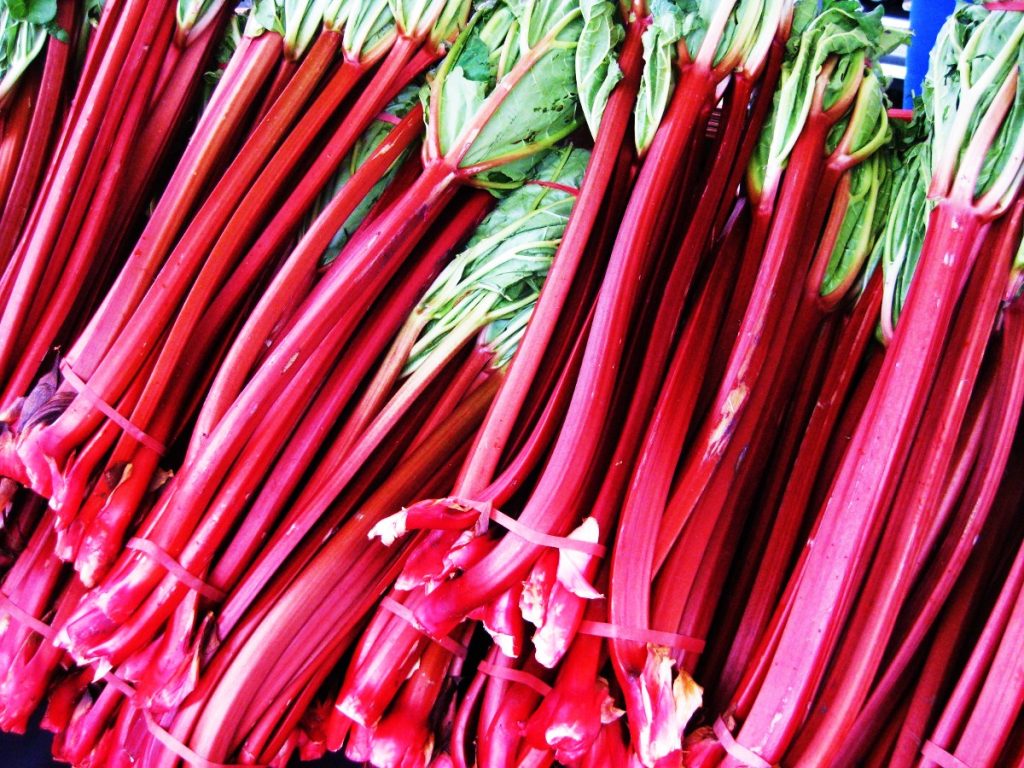
The vegetable rhubarb is frequently utilized in recipes as a fruit. It has broad, triangular leaves on strong, reddish-pink stems. The stalks’ tangy and sour flavor makes them a favorite addition to desserts including pies, crumbles, and jams. Vitamins and minerals abound in rhubarb, which is also used medicinally. It is often collected in the spring and early summer since it thrives in chilly regions.
Beet

Beet, commonly referred to as beetroot, is a root vegetable with a sweet, earthy flavor that is generally dark red in color. Fiber, folate, potassium, and vitamin C are all found in good amounts in it. Beets are frequently added to salads, served as a side dish (roasted or pickled), or juiced for a nutritious drink. They are frequently used to give food a natural color, like in red velvet cake.
Nectarine

Nectarines’ color can change based on varietal and maturity. The skin of nectarines is typically smooth, somewhat fuzzy, and ranges in color from yellow to red, with hints of orange and pink in between. White or yellow apple flesh may have a crimson tint close to the pit. As a visual gauge of maturity, the nectarine’s skin and flesh color can be employed; riper fruits have a deeper, more brilliant color.
Cockscomb
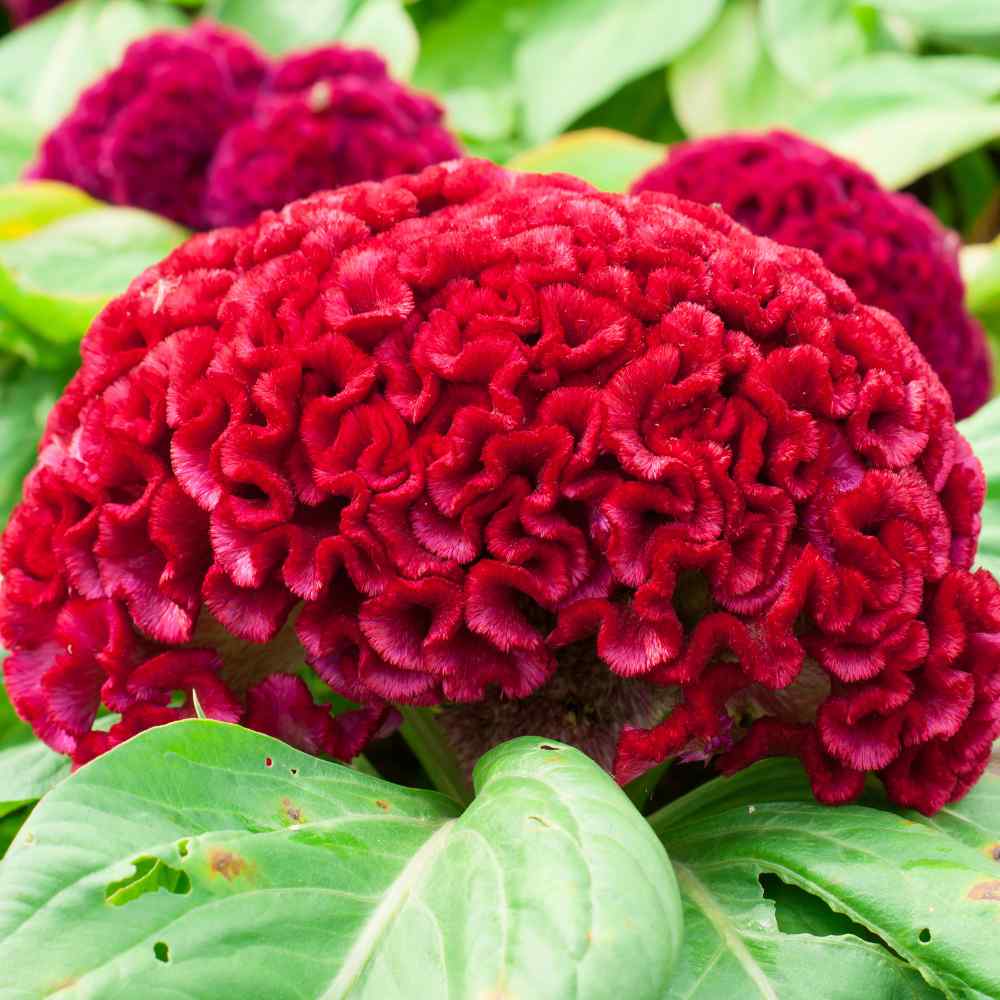
Celosia cristata, often known as cockscomb, is a flowering plant in the amaranth family. It is distinguished by its vividly hued and distinctively formed flower heads that resemble a rooster’s crest or comb. Annual cockscomb plants, which may reach heights of up to 2-3 feet, are frequently cultivated in gardens for their aesthetic appeal. They are available in a variety of hues, including red, orange, yellow, pink, and purple. The anti-inflammatory and antioxidant qualities of cockscomb plants are employed in traditional medicine in addition to their visual appeal.
Begonia
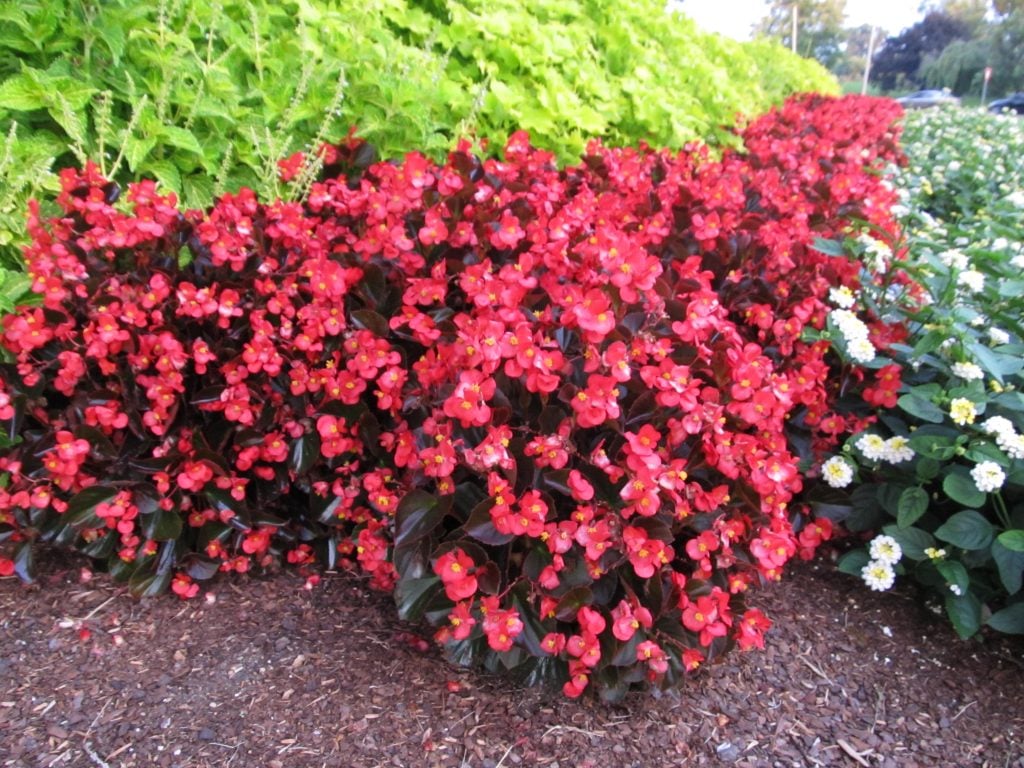
More than 1,800 species of flowering plants belong to the genus Begonia. They are appreciated for their colorful blooms and elegant foliage and are native to tropical and subtropical parts of the world. Begonias come in a range of hues and forms and may be grown both indoors and outdoors. They may be multiplied by stem cuttings or seeds, and they demand well-draining soil and moderate irrigation. Begonia species can also be utilized medicinally.
Camellia
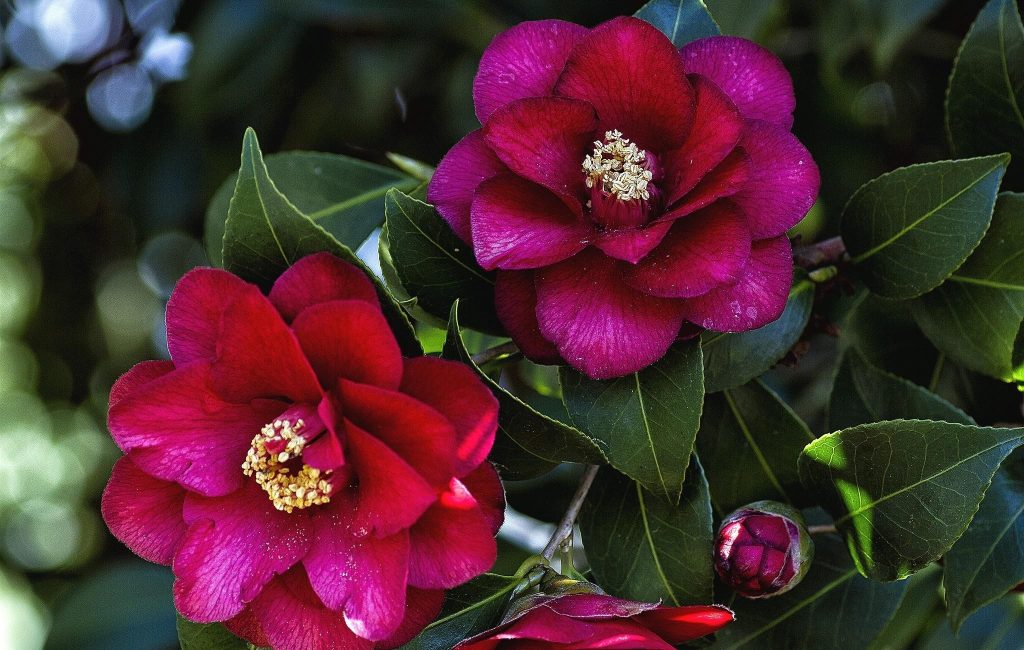
Eastern and southern Asia are home to the flowering plant genus Camellia, which belongs to the Theaceae family. The species Camellia sinensis is most well-known for making tea. Camellias are tiny trees or evergreen shrubs with glossy green foliage and beautiful winter and early spring blooms. Gardeners praise the blooms for their beauty, which come in a variety of hues from white to pink to red.
Canna Lily
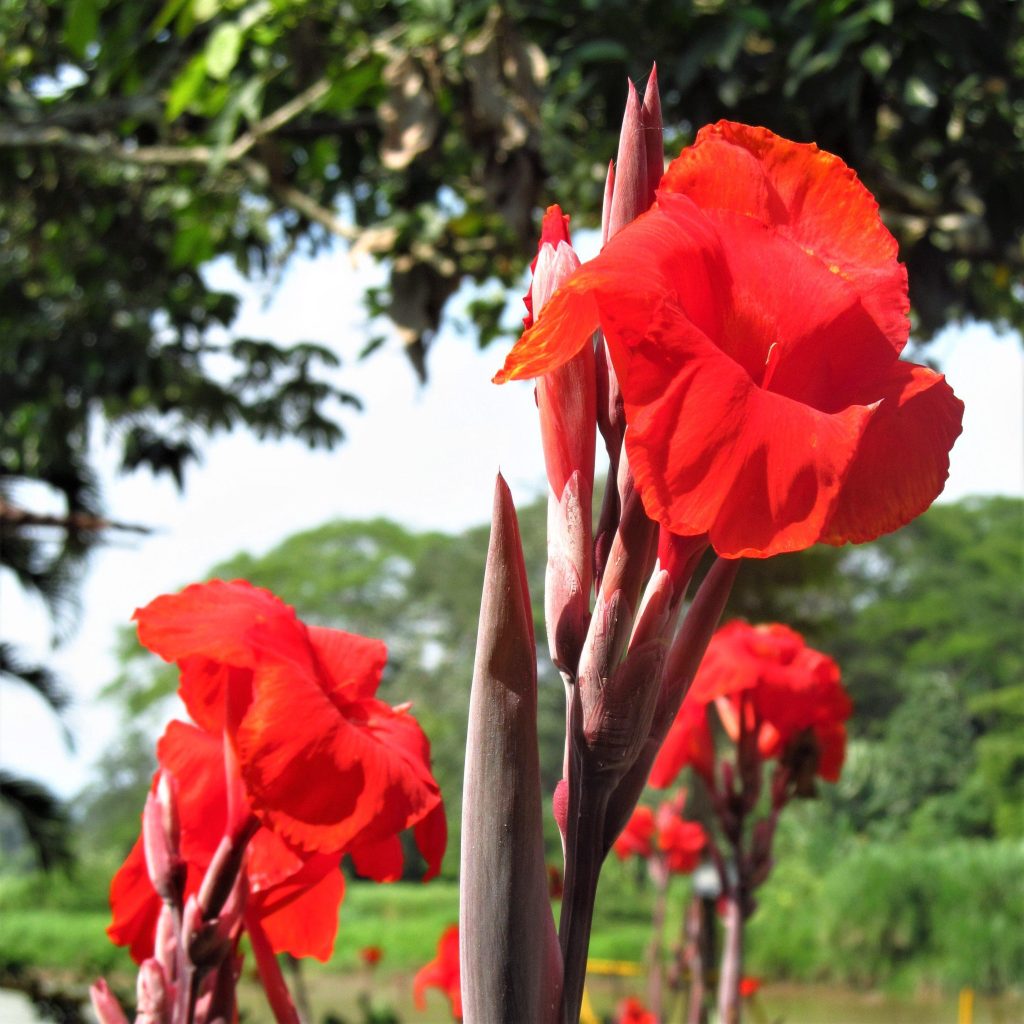
Native to the Americas’ tropical and subtropical climates is the canna lily (Canna indica), a blooming plant. It is a perennial plant that sprouts from rhizomes and has voluminous, beautiful blooms in hues of red, yellow, pink, and orange. huge and frequently decorated with vibrant variegation, canna lily leaves are also rather huge. Canna lilies are valued for their aesthetic appeal as well as their anti-inflammatory and analgesic effects, which are utilized in traditional medicine.
Columbine
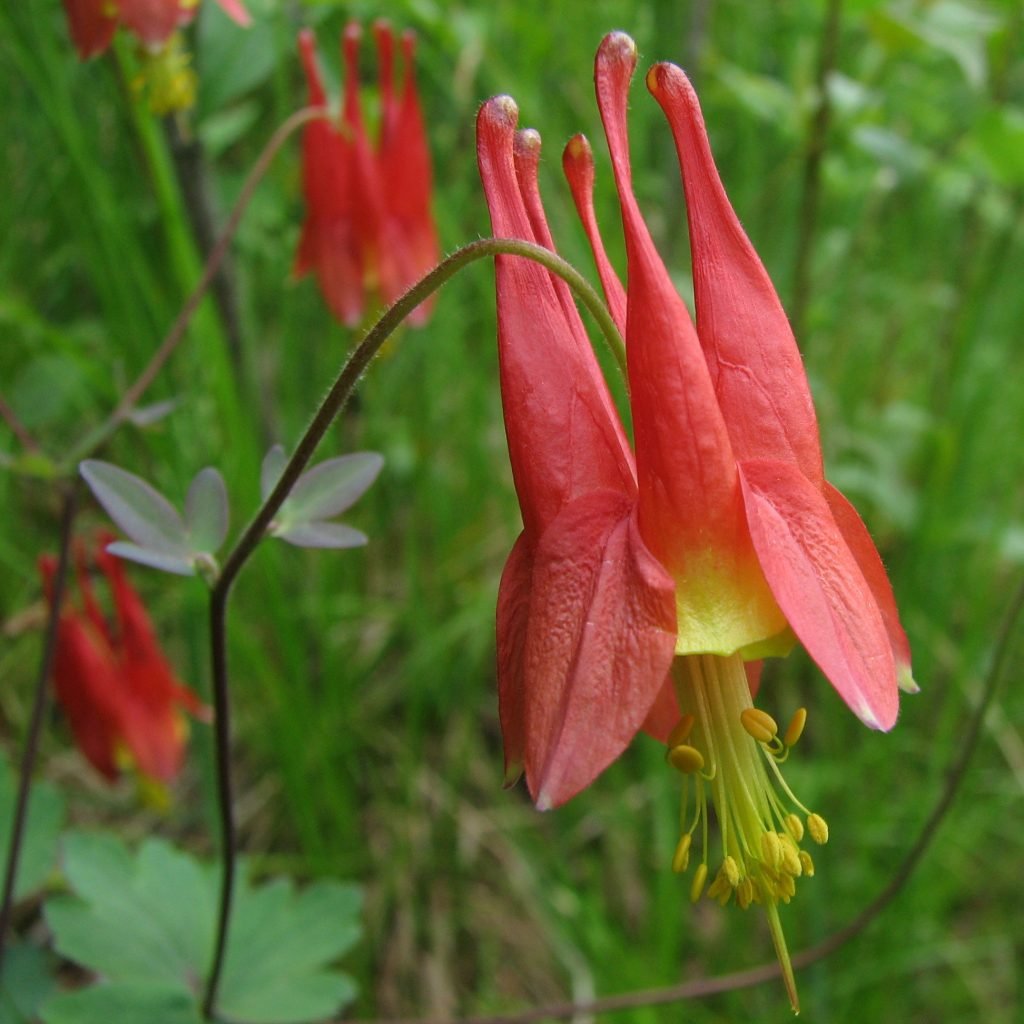
A perennial blooming plant known as columbine, it has colorful, bell-shaped blooms. It can flourish in both partial shade and full sun and grows to a height of 1 to 3 feet. Columbine is a hardy plant that grows in gardens all around the world and draws hummingbirds and butterflies.
Scarlet Sage
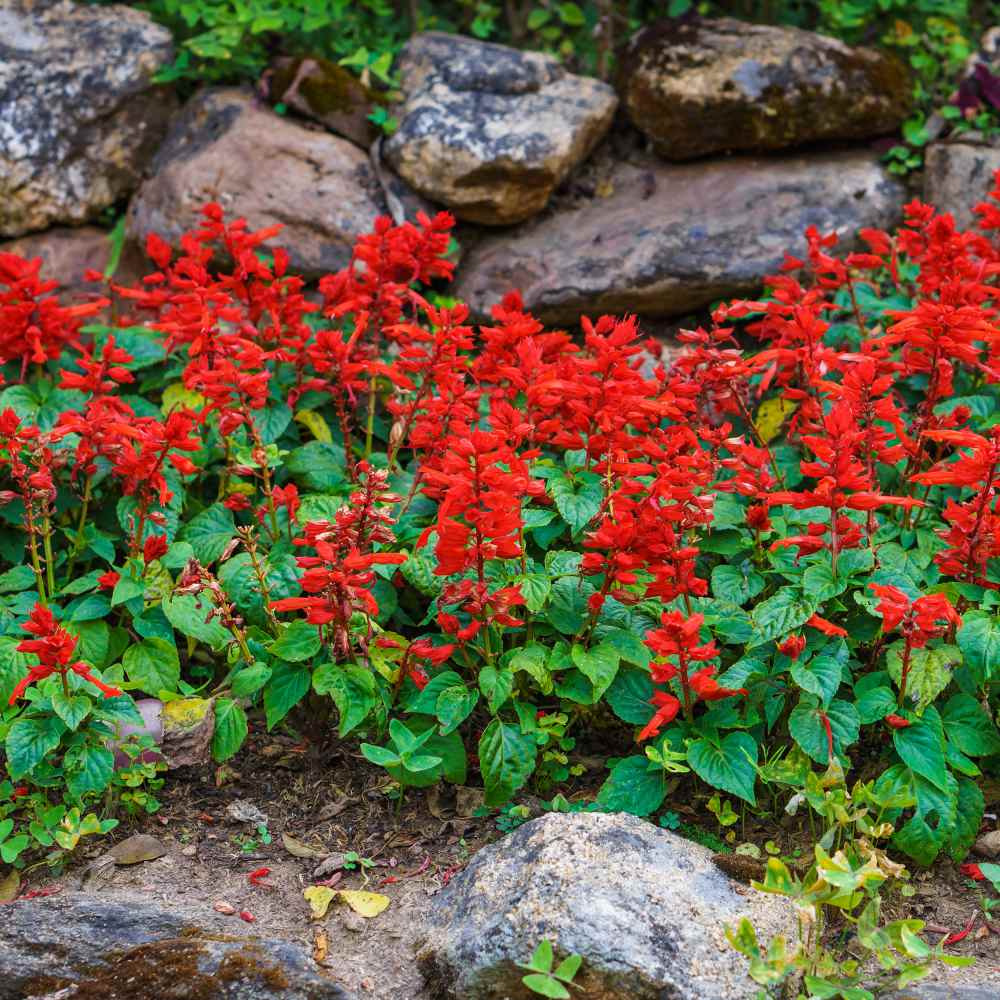
Popular blooming plant native to Brazil called scarlet sage (also known as Salvia splendens). It is a member of the mint family and is recognized for its eye-catching scarlet-red blooms, which bloom in thick spikes from summer through fall. The green, lance-shaped leaves of scarlet sage, which may reach heights of three feet, provide a pleasant scent when crushed.
Ruby
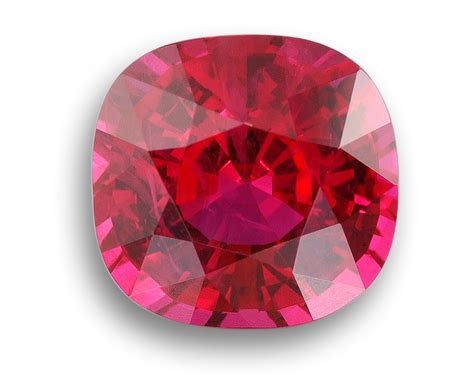
Ruby is a priceless gemstone known for its intense red hue, which results from the presence of chromium in its crystal structure. It is a member of the corundum mineral family and is regarded as one of the four valuable stones along with sapphires, emeralds, and diamonds. Rubies are highly valued and have been used in jewelry and ornamental products for many years. They are regarded as having many spiritual and therapeutic qualities in addition to their beauty. Although Thailand, Sri Lanka, and Tanzania are also places where rubies can be found, Myanmar is known for producing the best ones.
Fire Ant
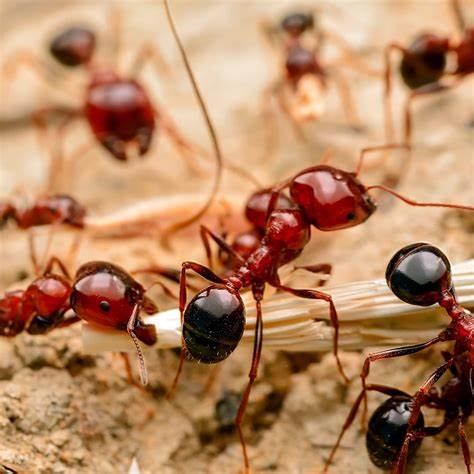
An ant species called fire ants is distinguished by its severe sting and aggressive nature. They are reddish-brown in hue and from 1.6 and 5.0 mm long. Fire ants are social insects that live in colonies and are widespread around the planet, though they are more prevalent in hotter climates. They consume a range of insects, plants, and other tiny animals since they are omnivores. The stinging sting of fire ants, which in some people can result in an allergic reaction, gives them their name. Many people view them as a bothersome pest, and their presence in urban and suburban settings can be problematic.
Starfish
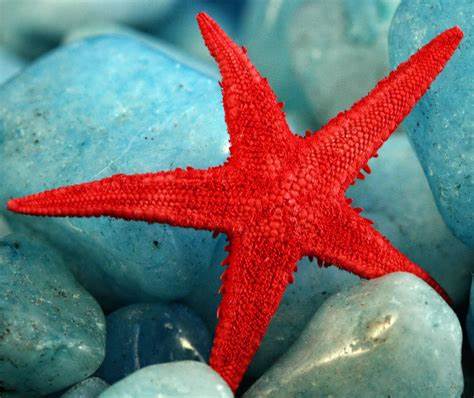
A particular species of marine invertebrate known as a starfish is distinguished by its bright red coloring and characteristic five-pointed form. They are widespread in seas and can be as little as a few inches or as large as a foot in diameter. As crucial members of marine ecosystems that feed on algae and other small organisms while acting as prey for larger marine animals, starfish are well known for their capacity to regrow amputated limbs.
Red Avadavat
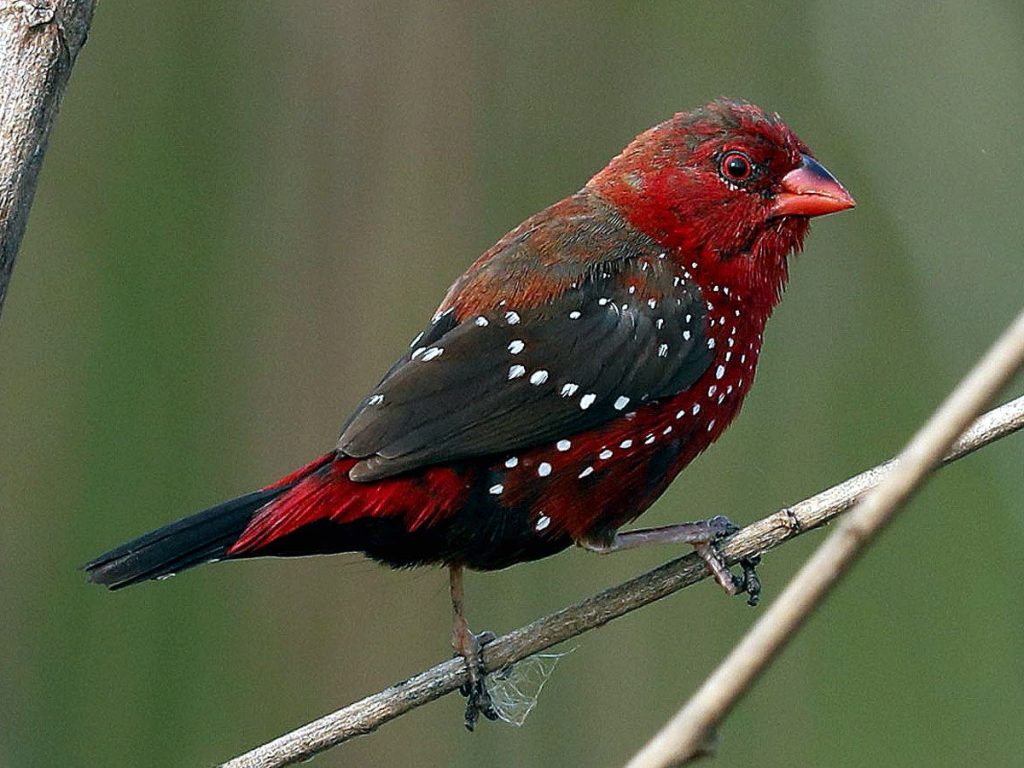
South Asia is home to the little, vividly colored red avadavat, sometimes referred to as red munia or strawberry sparrow. The species’ males stand out thanks to their vivid red plumage, while the females’ brown and white feathers make them less conspicuous. Popular as pets, they are frequently housed in aviaries. Grasslands, farms, and gardens are just a few of the places where red Avadavats may be found in. They generally consume seeds.
Geranium
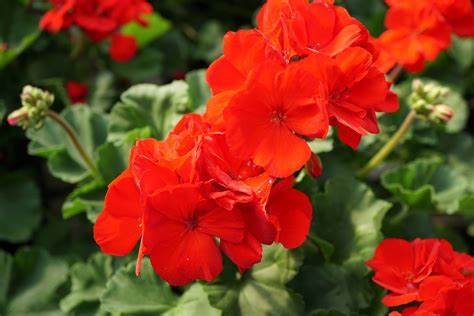
Pelargoniums, another name for the brightly colored blooming plant native to South Africa, are extensively grown as decorative plants. They come in a variety of colors and require little maintenance. Additionally used medicinally, geraniums are frequently found in aromatherapy and herbal remedies. They are a hardy plant that has won over gardeners and lovers all over the world.
Gazania
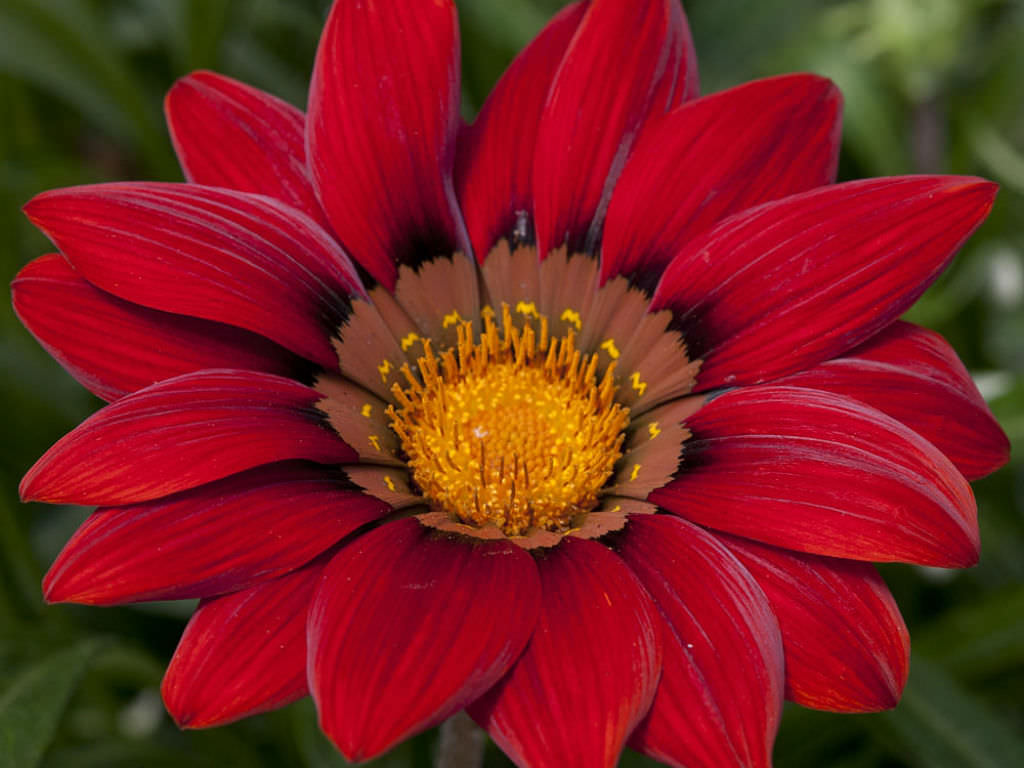
Southern African native blooming plant known as gazania is prized for its vivid, daisy-like blossoms that come in a variety of hues. It is frequently planted as a decorative plant in gardens and pots since it does well in hot and dry environments. Due to their vivid hues and protracted blooming duration, gazanias are frequently referred to as “treasure flowers.”
Yarrow
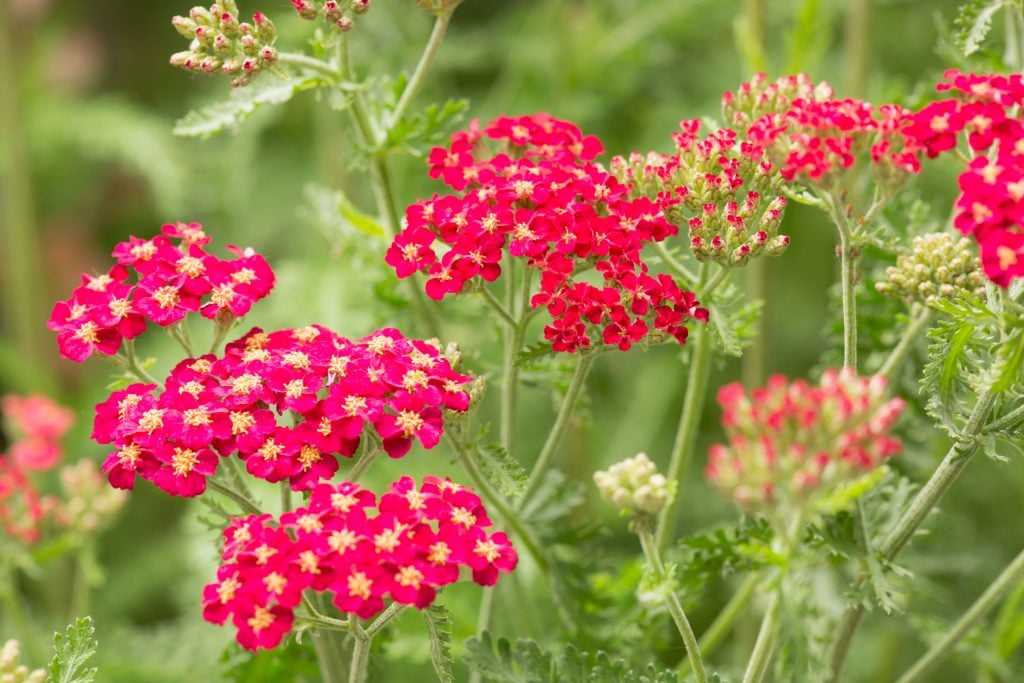
Native to Europe, Asia, and North America is the perennial herb known as yarrow, or Achillea millefolium. It features feathery, fern-like leaves and clusters of summertime small red, pink, or yellow blossoms. It has been employed to treat a wide range of conditions, including wounds, menstrual cramps, fever, and digestive issues. Aside from its use in aromatherapy, yarrow is occasionally added to herbal beverages.
Hibiscus
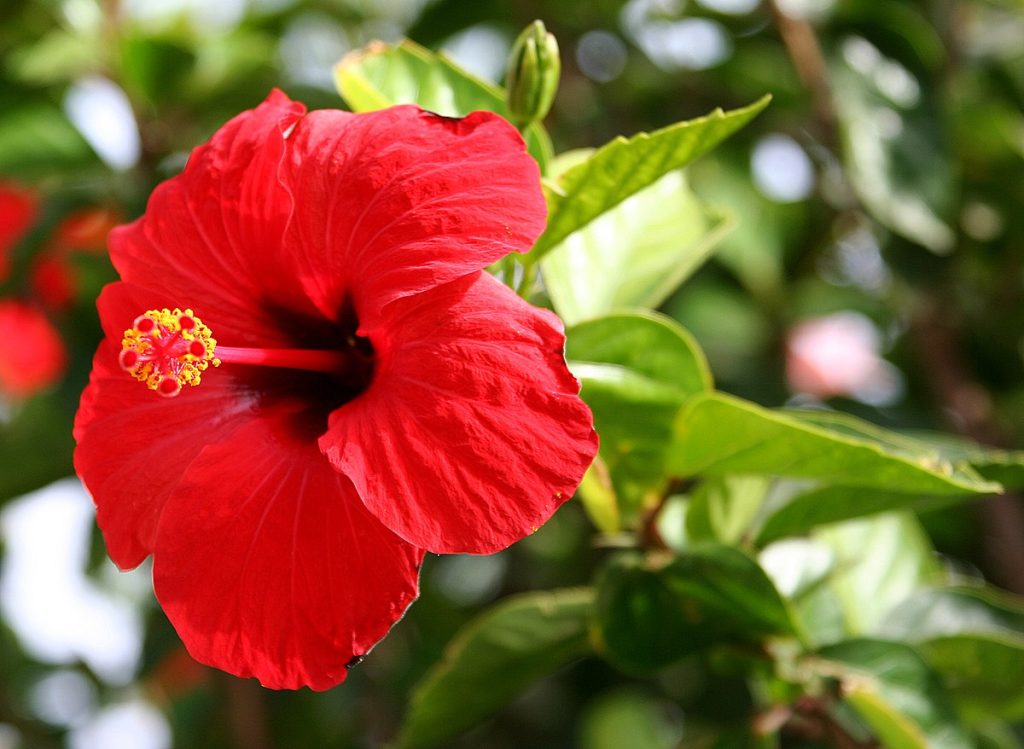
A genus of blooming plants in the family Malvaceae is called hibiscus. It has hundreds of species with gigantic, trumpet-shaped blooms in a range of hues that are highly valued for both their beauty and therapeutic properties. In tropical and subtropical areas, hibiscus plants are frequently grown for beautification and for preparing tea and other beverages.
Lotus
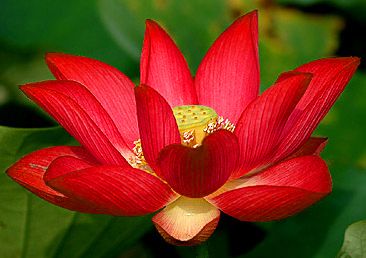
A member of the Nelumbonaceae family, the lotus is an aquatic plant distinguished by its oblong leaves and fragrant red, white, and yellow blooms. As well as being utilized for culinary and medicinal purposes, it has significant cultural and spiritual importance. It has been brought to various places but is originally from Asia and lives in ponds and lakes. It is a well-liked plant in many cultures thanks to its special qualities and wide range of uses.
Red is an eye-catching color that attracts attention and has psychological and cultural significance. According to the circumstance, the color red can represent everything from planets to flowers. Numerous things, such as love, passion, rage, caution, and celebration are among the many things it might signify. We got to take a closer look at a handful of the different ways red appears in our daily lives. Whether it be in the form of living things, flowers, planets, or gemstones, red adds a sense of vibrancy and excitement to our surroundings. What are your thoughts about the 50 things that are red? Don’t forget to leave your comment below!

